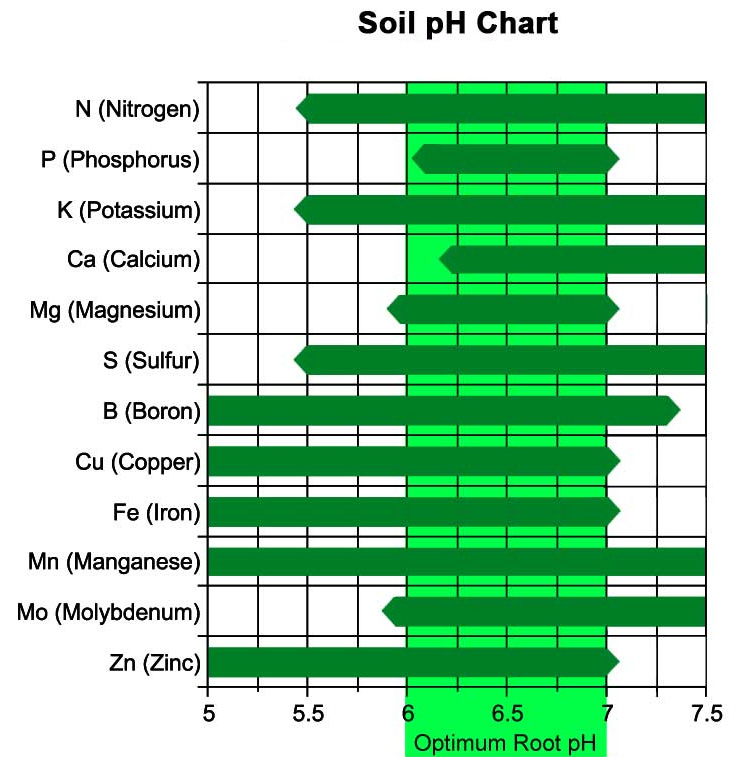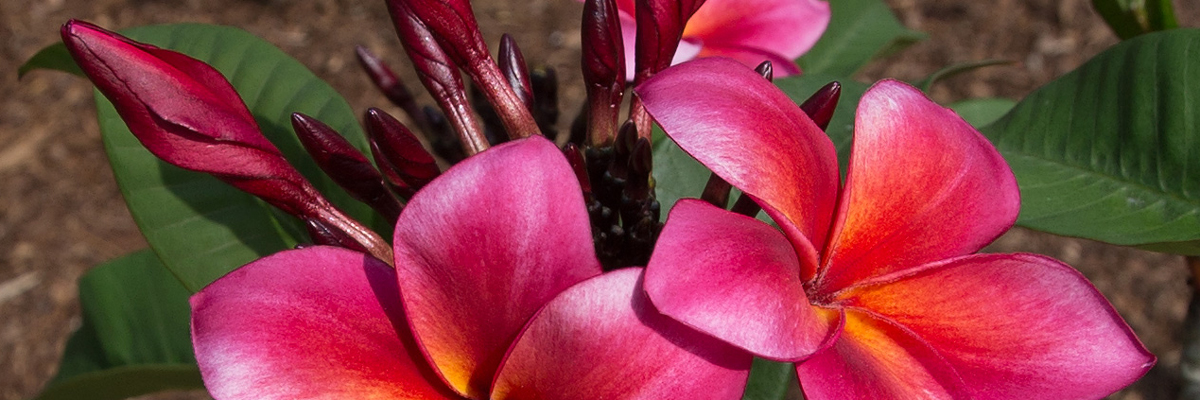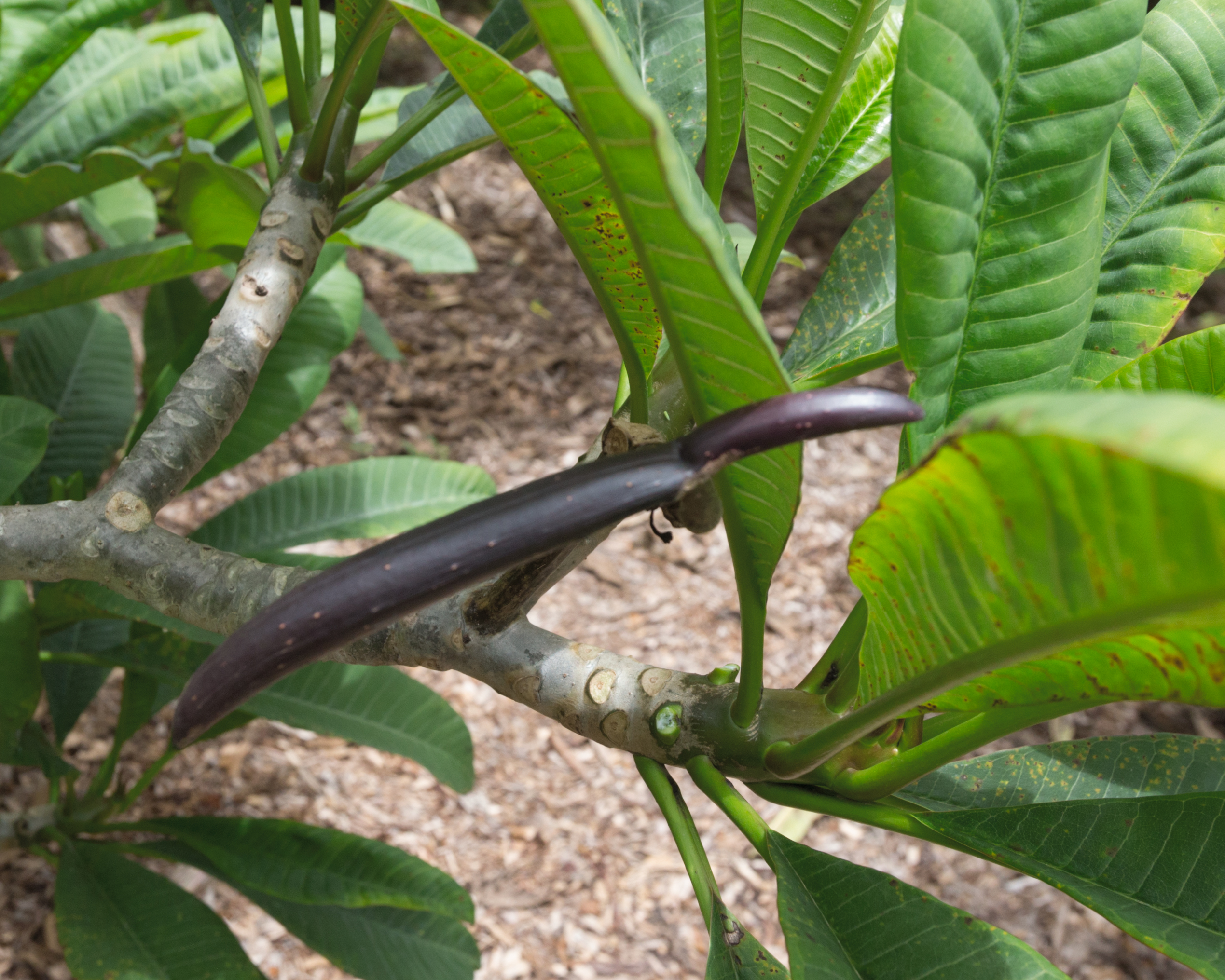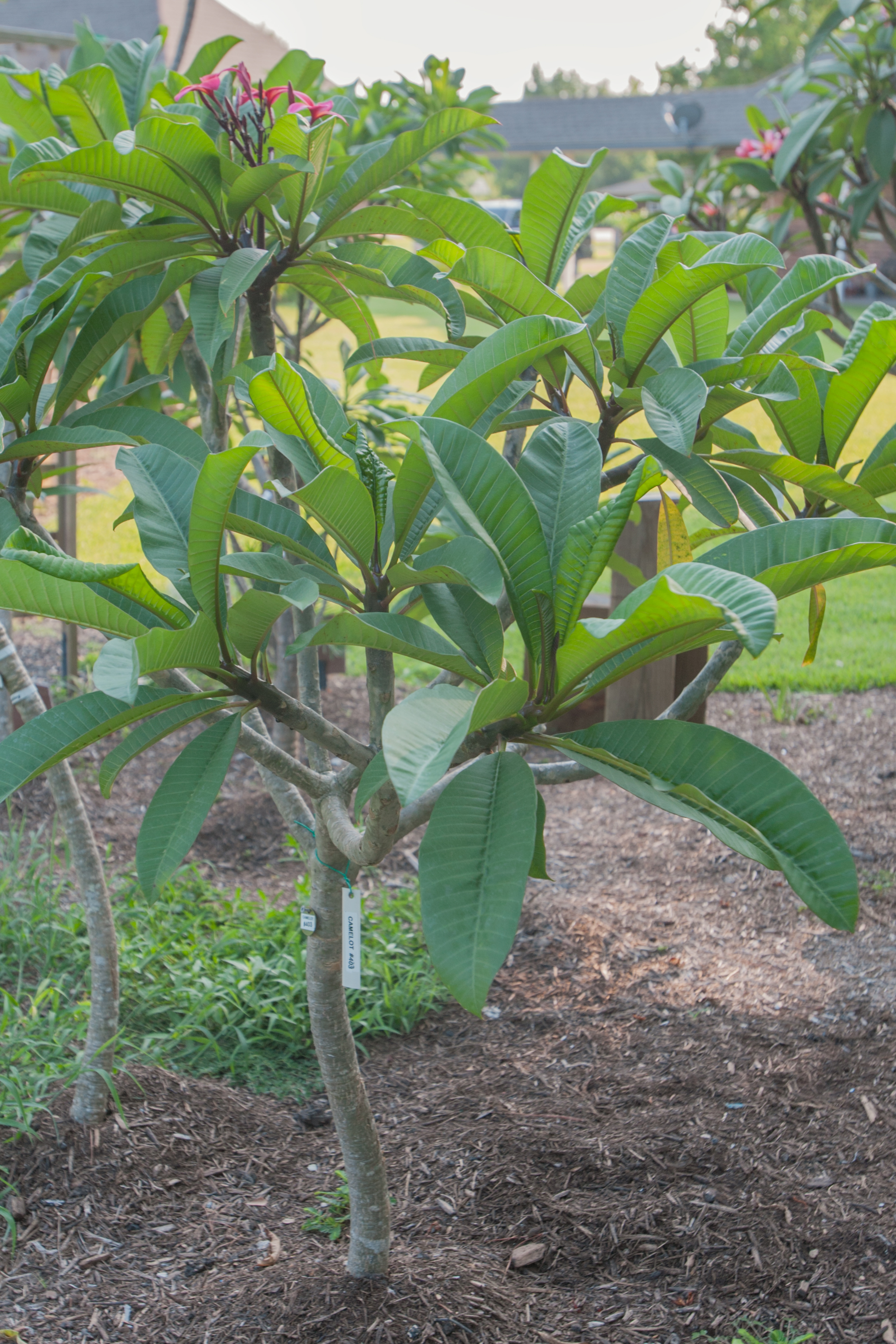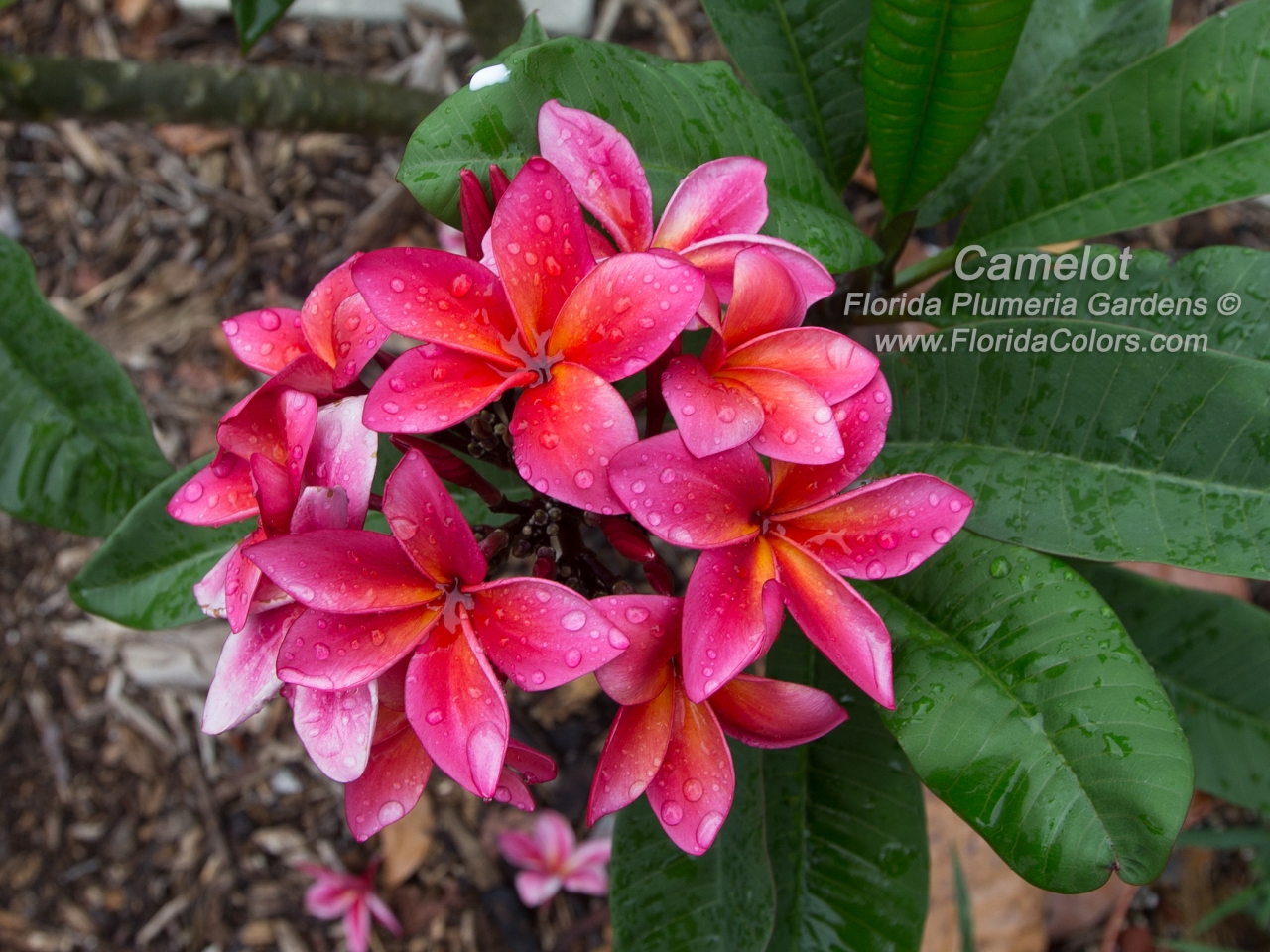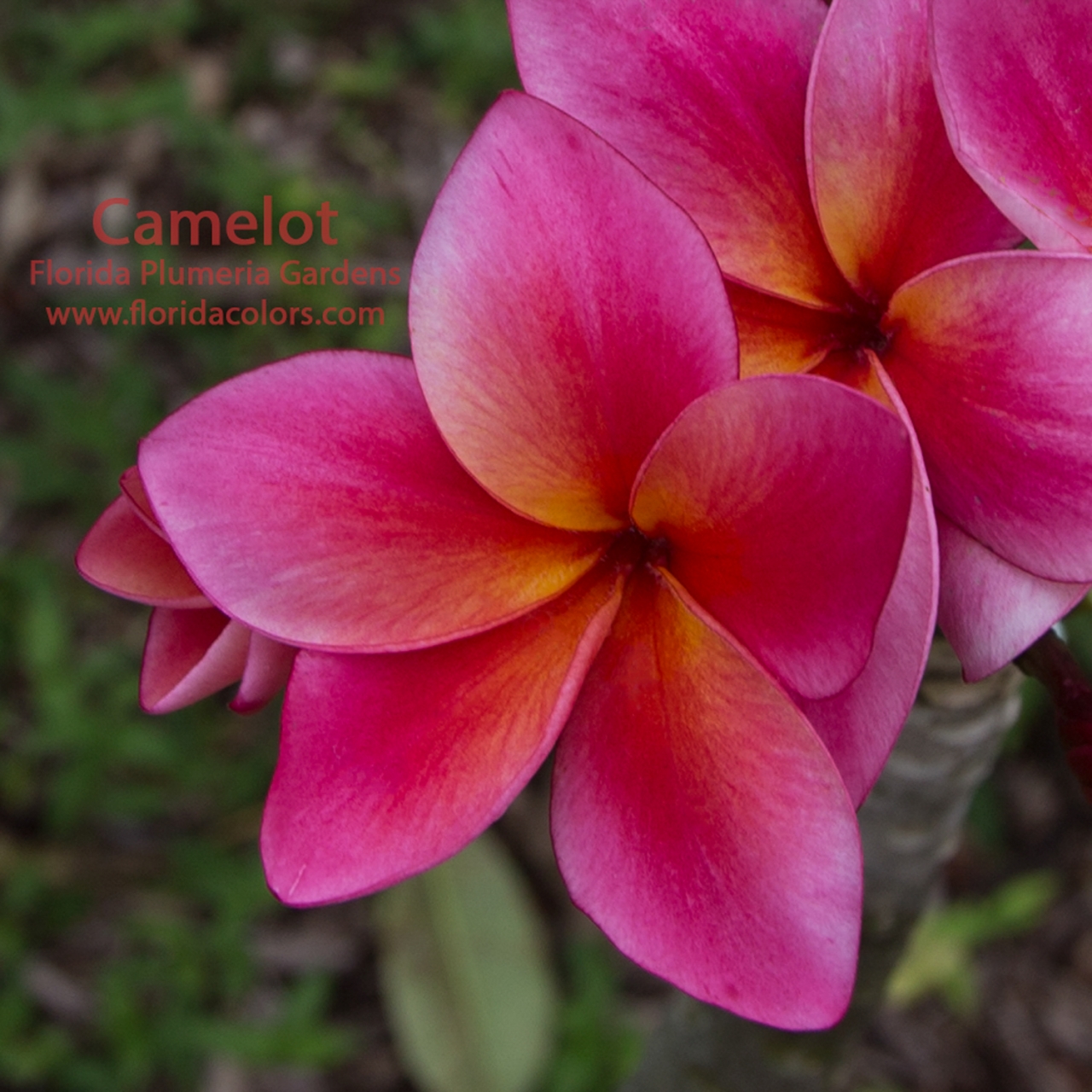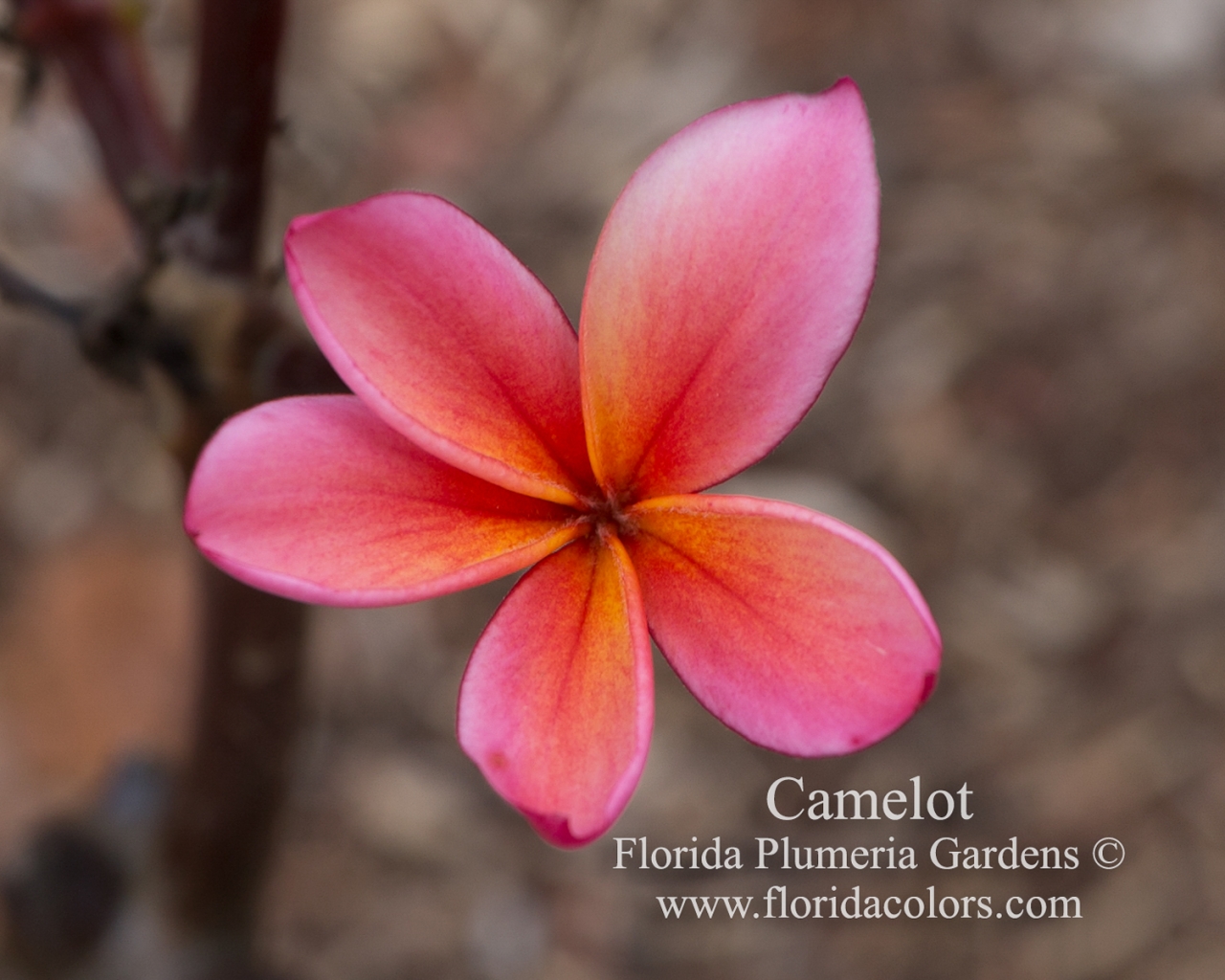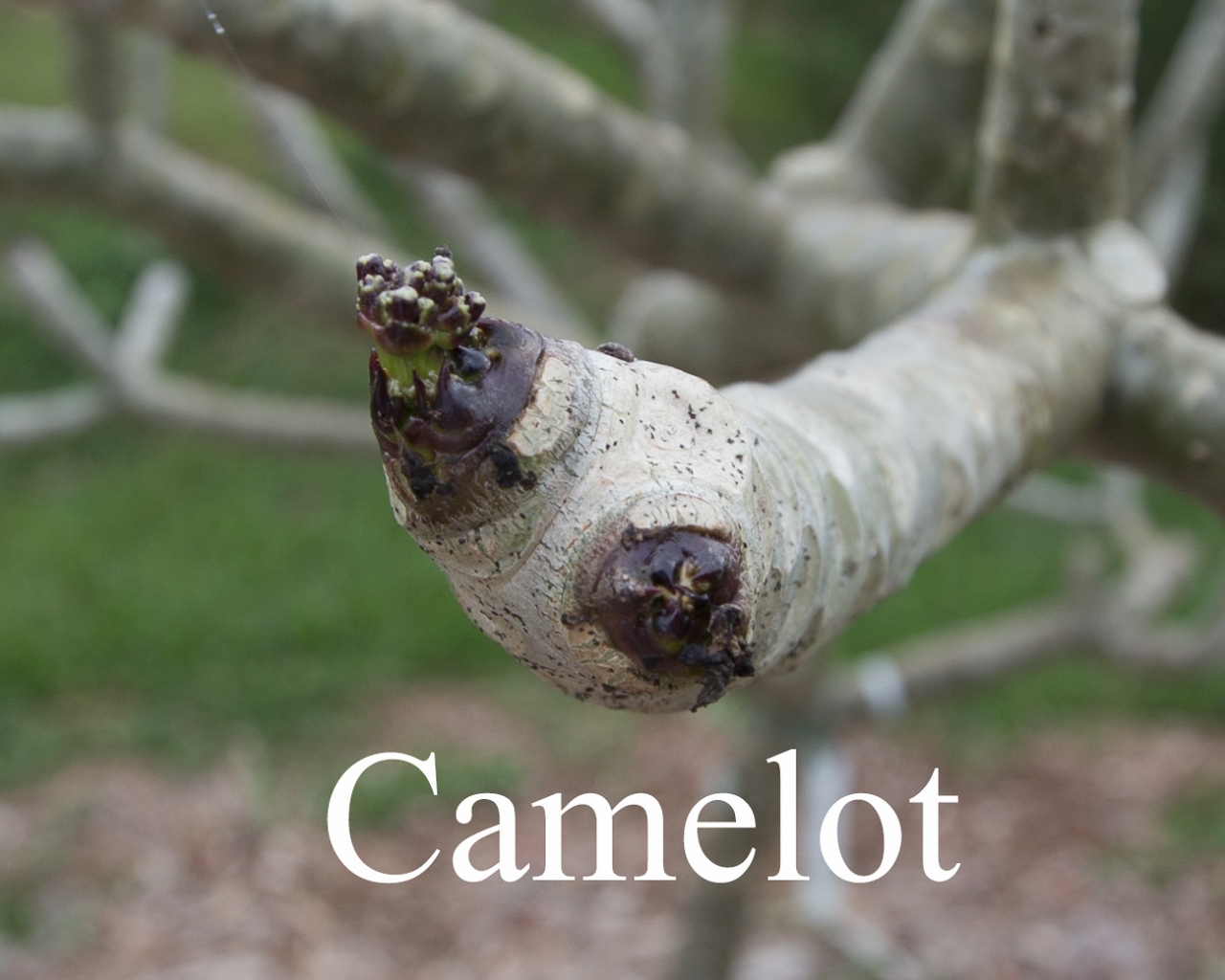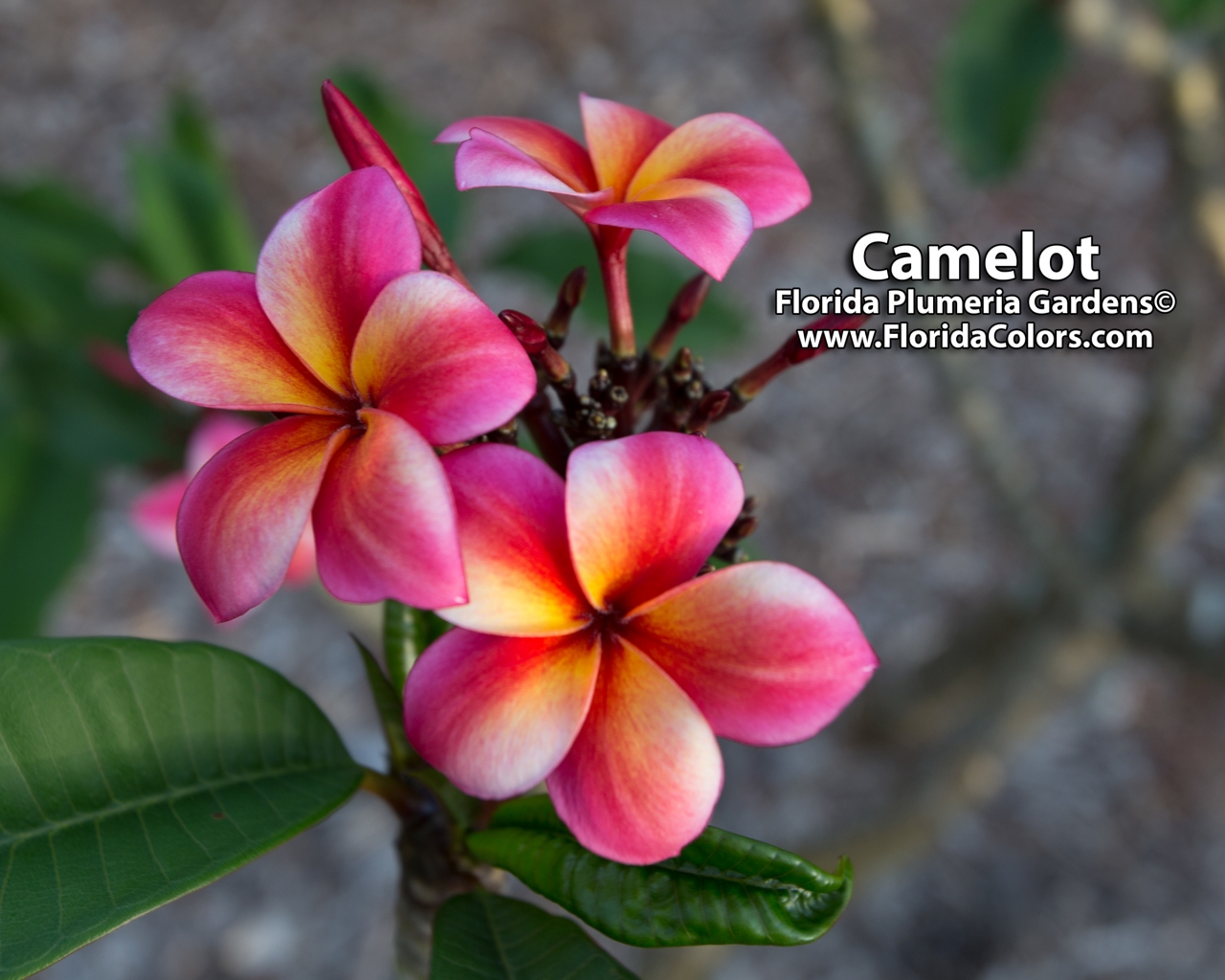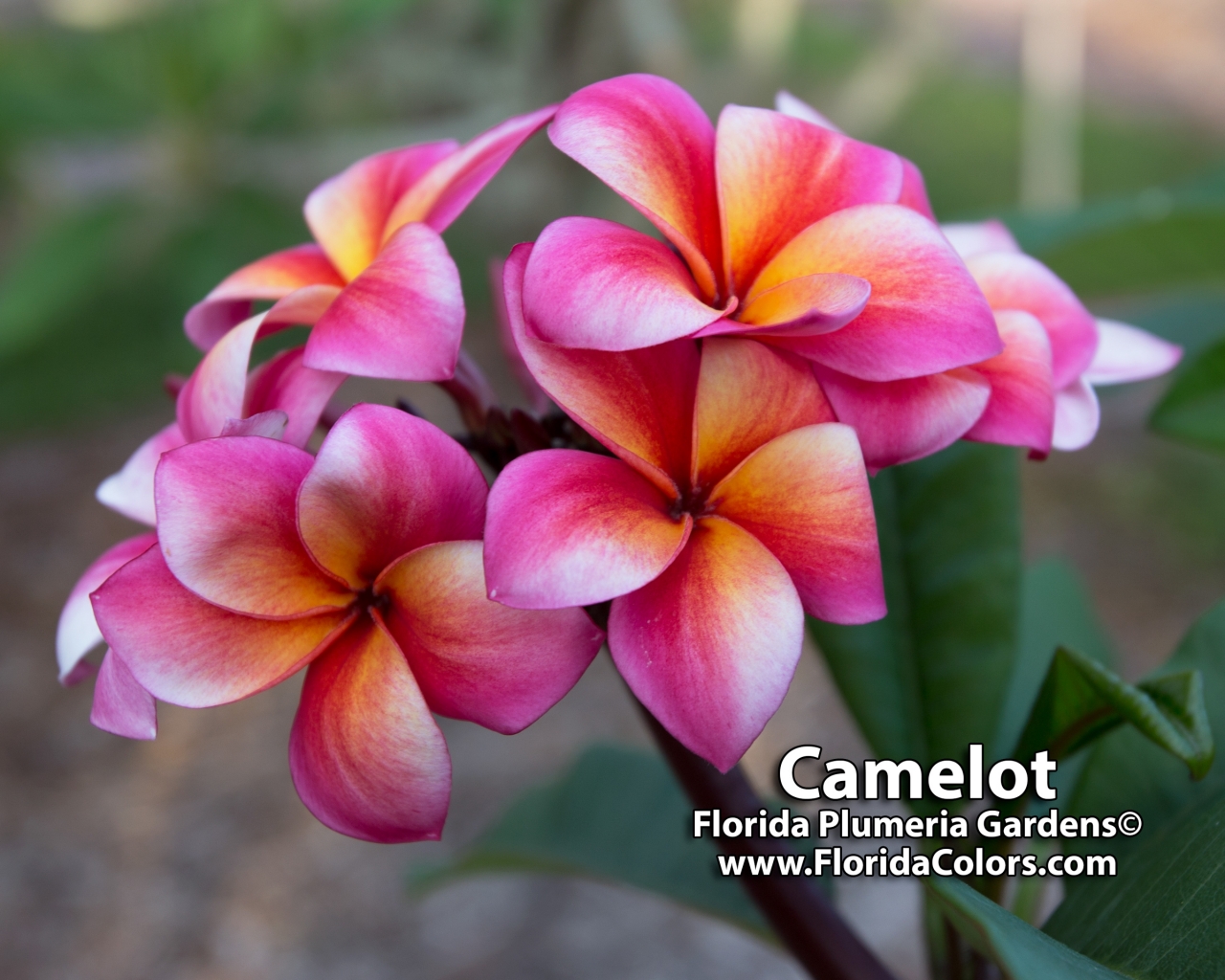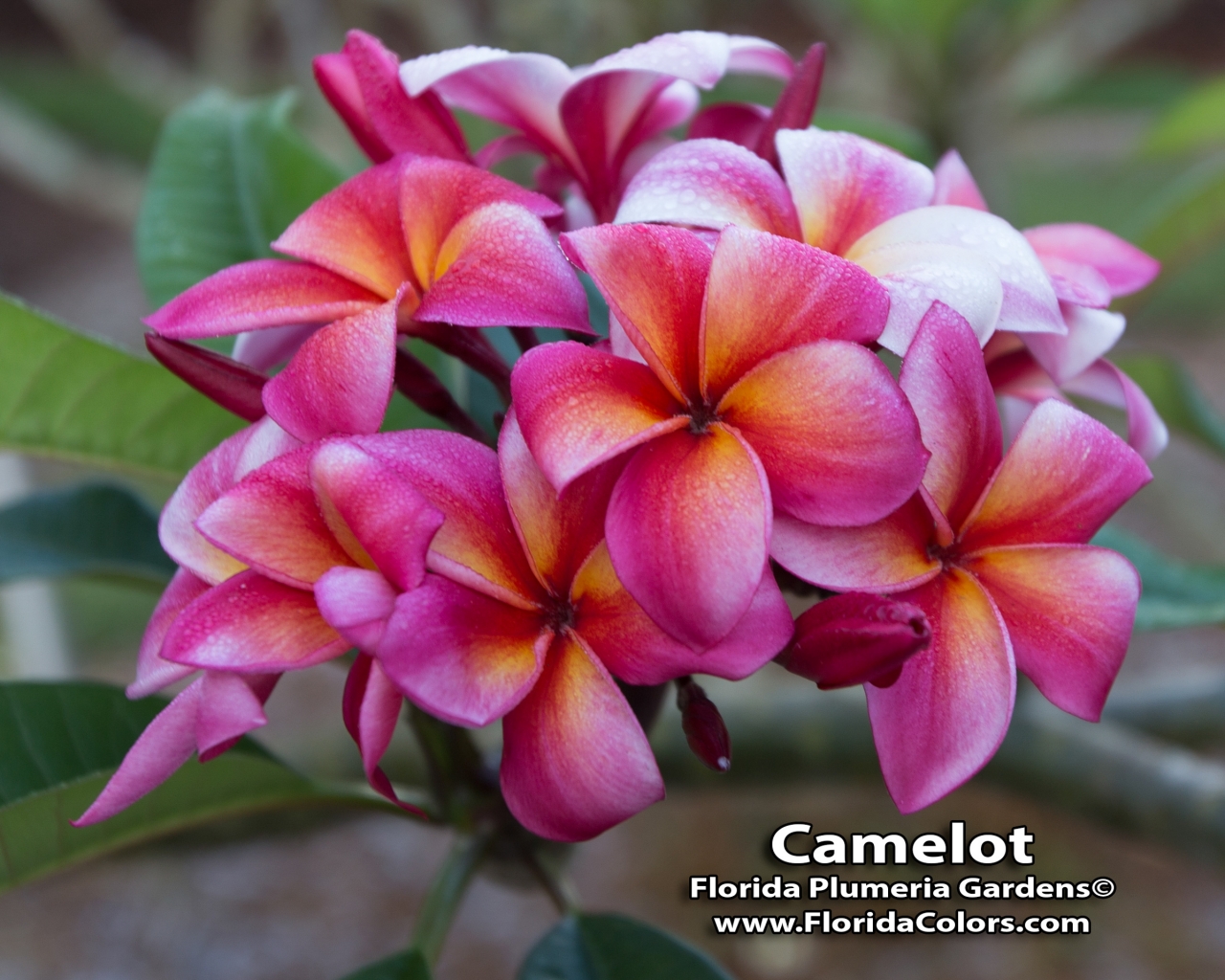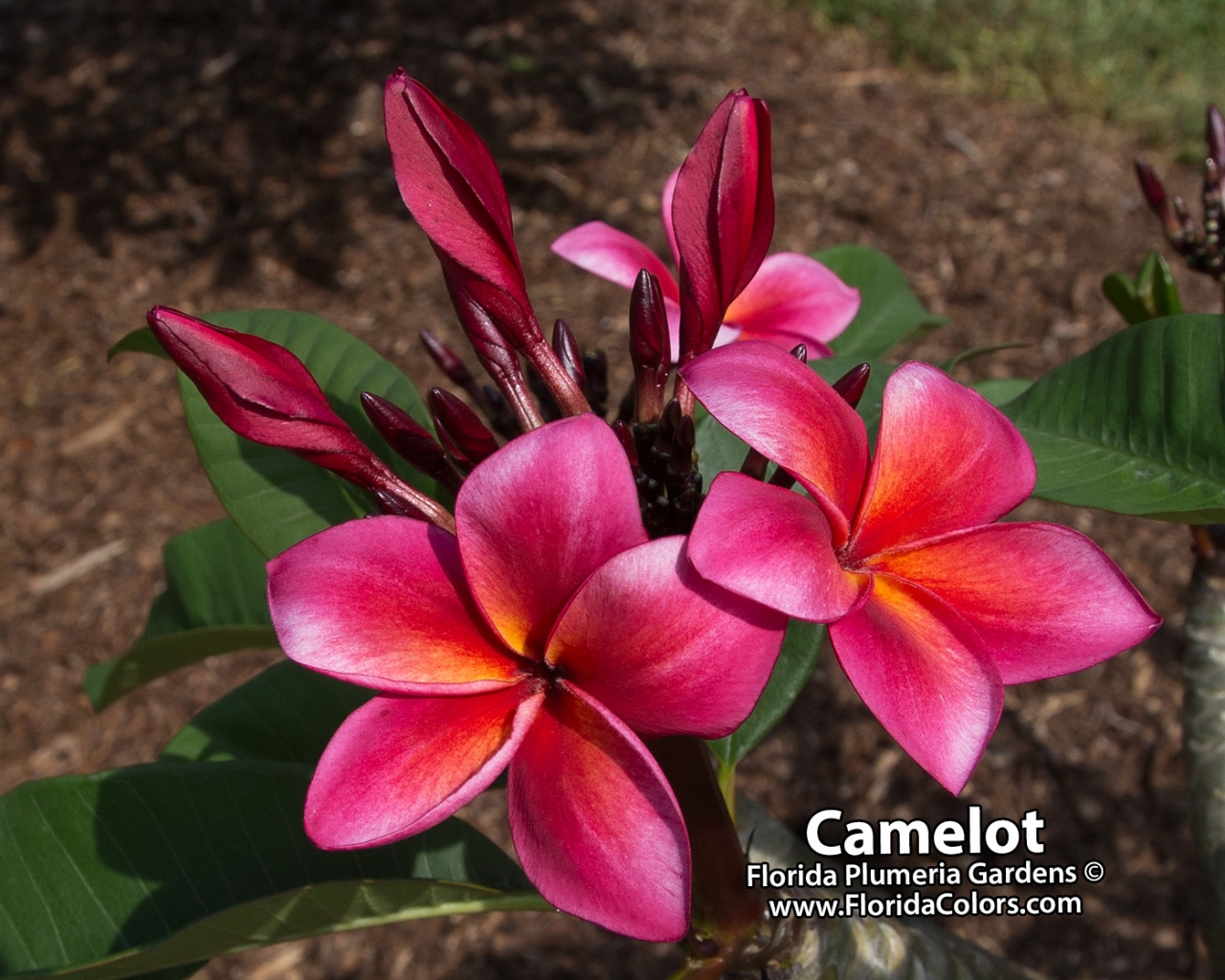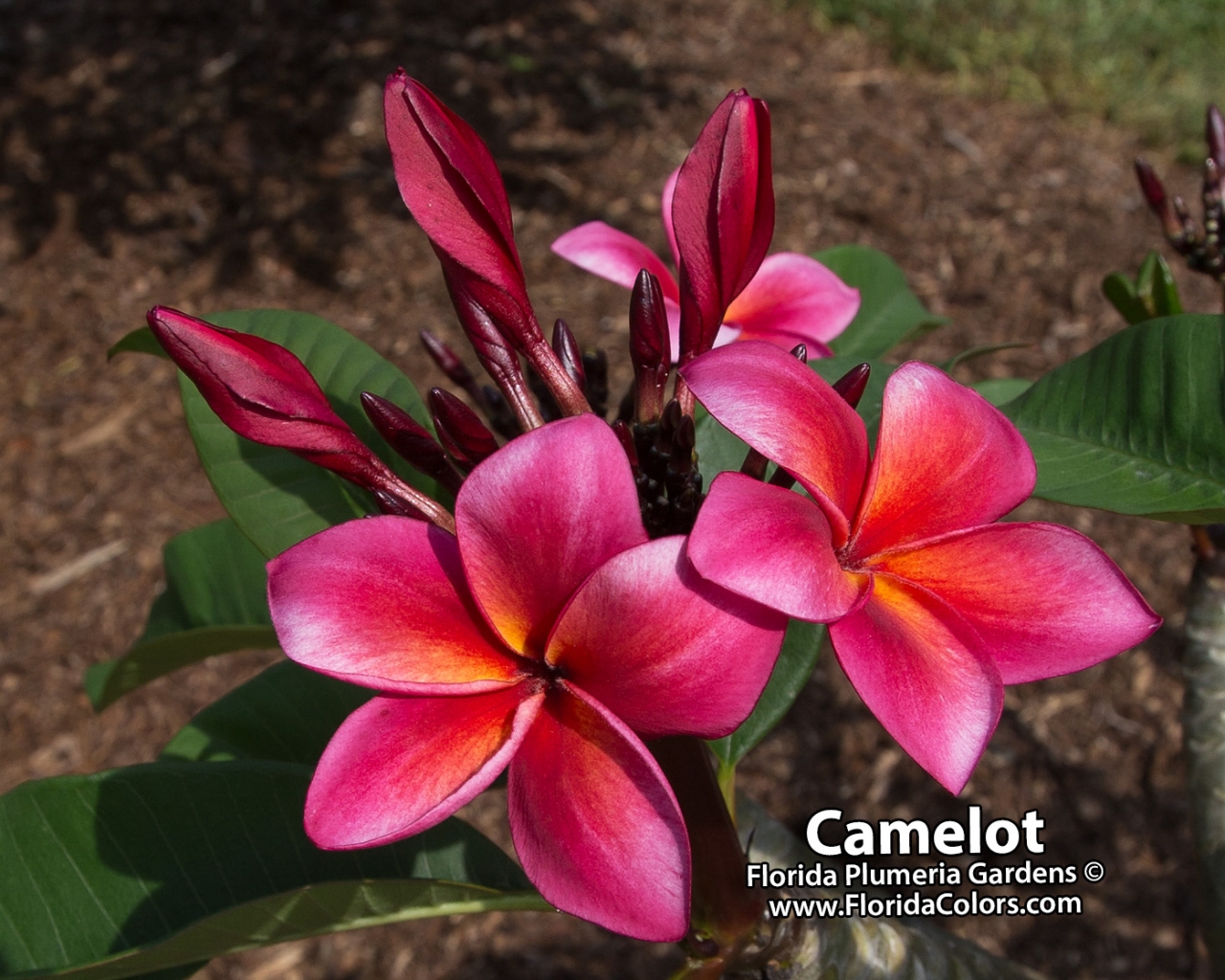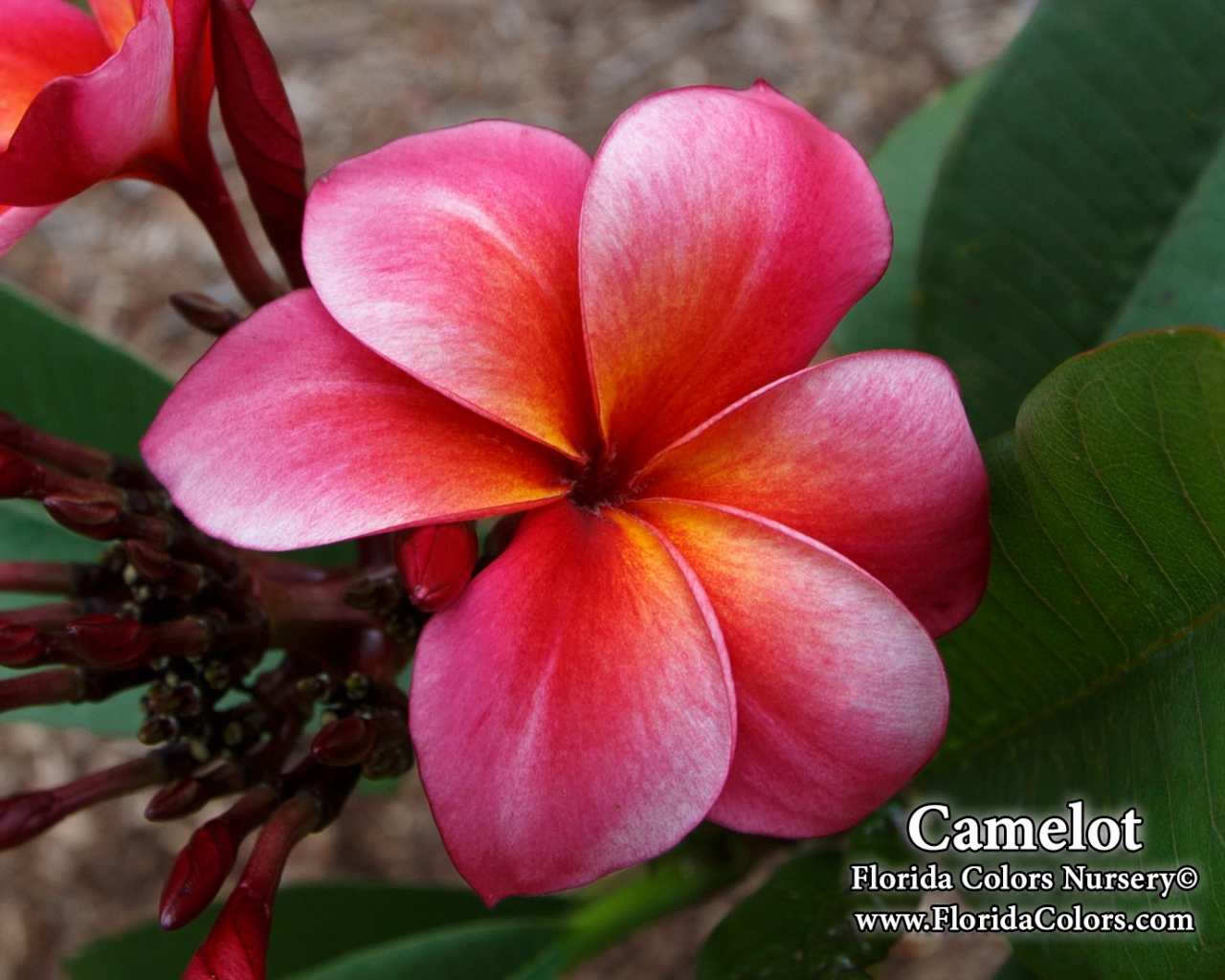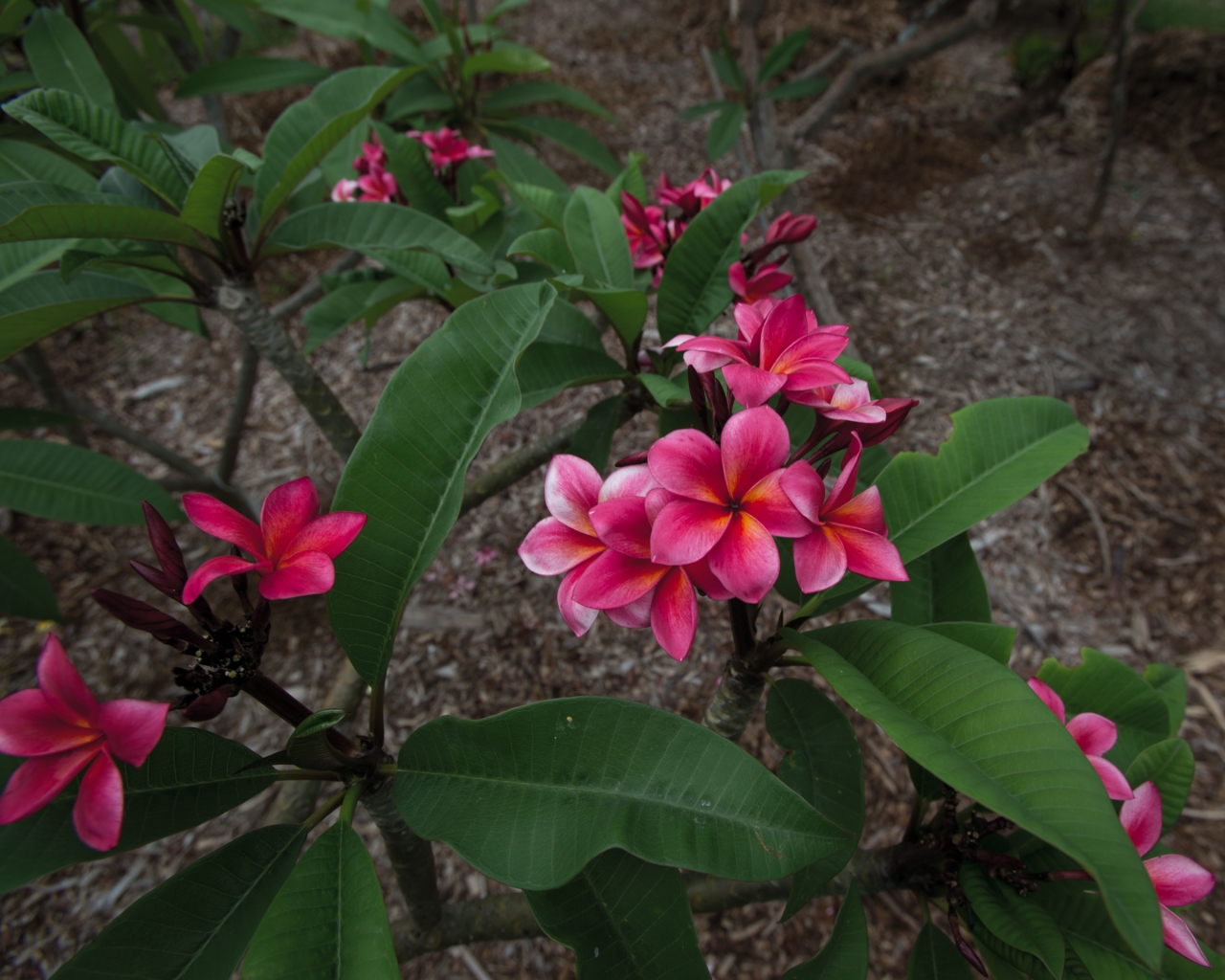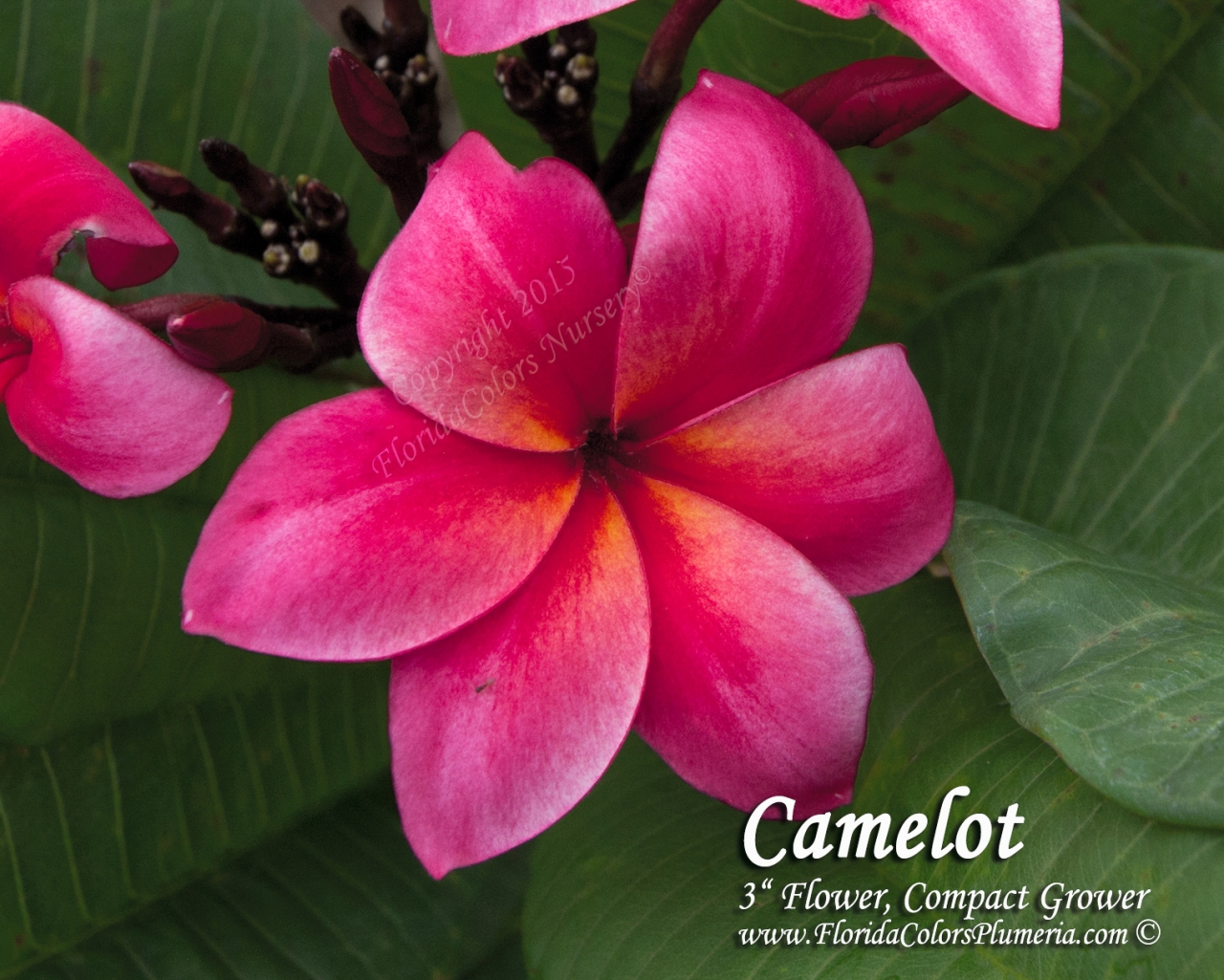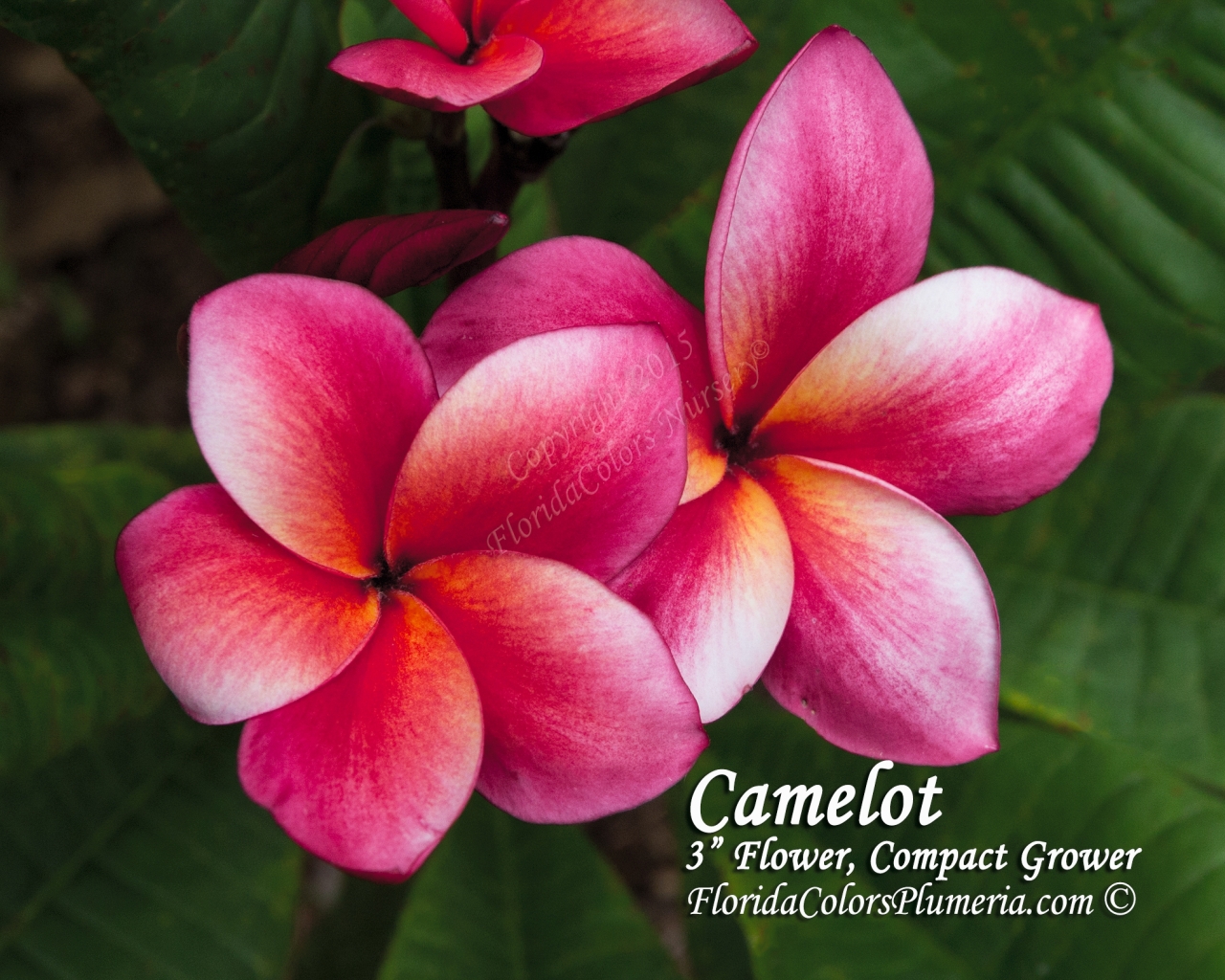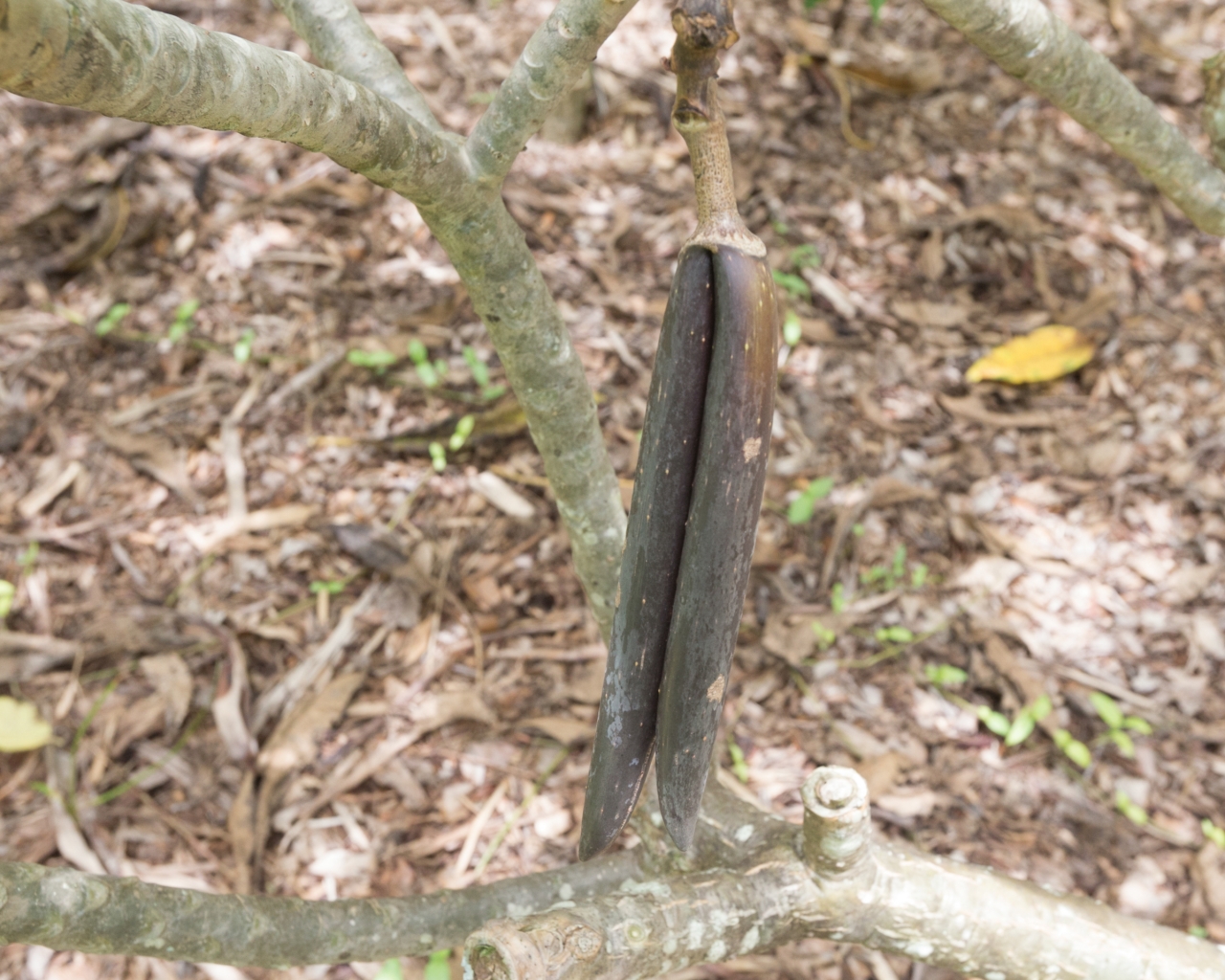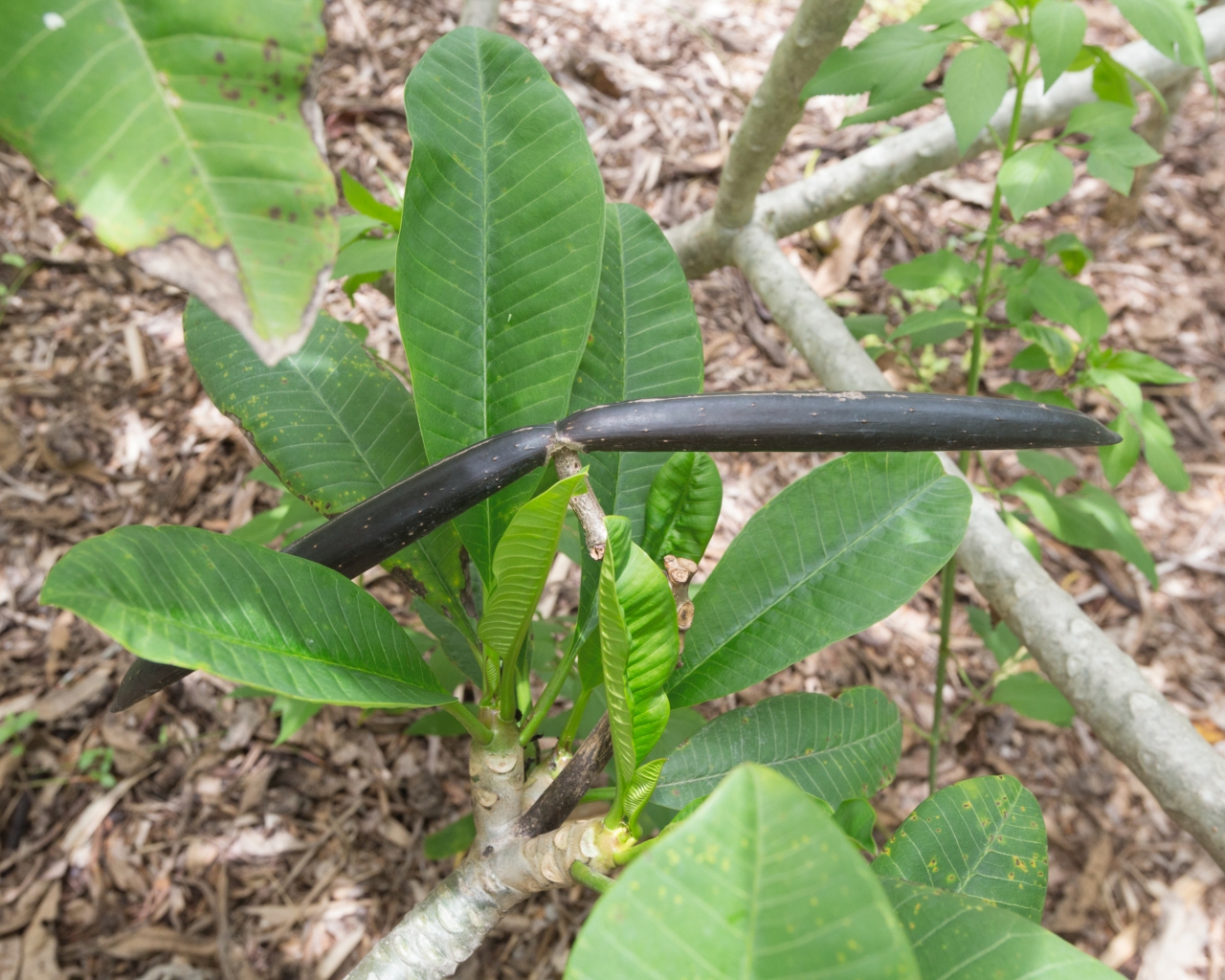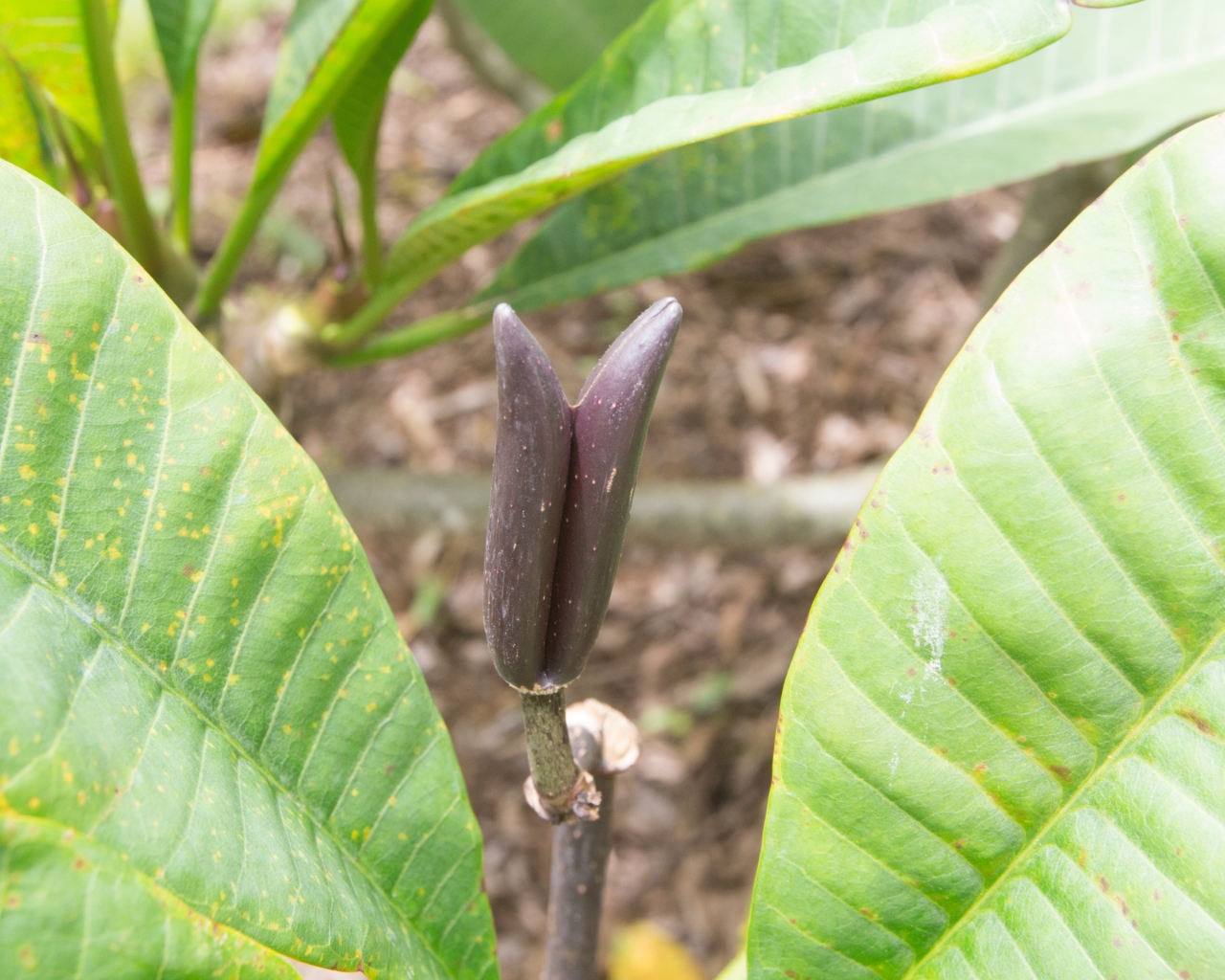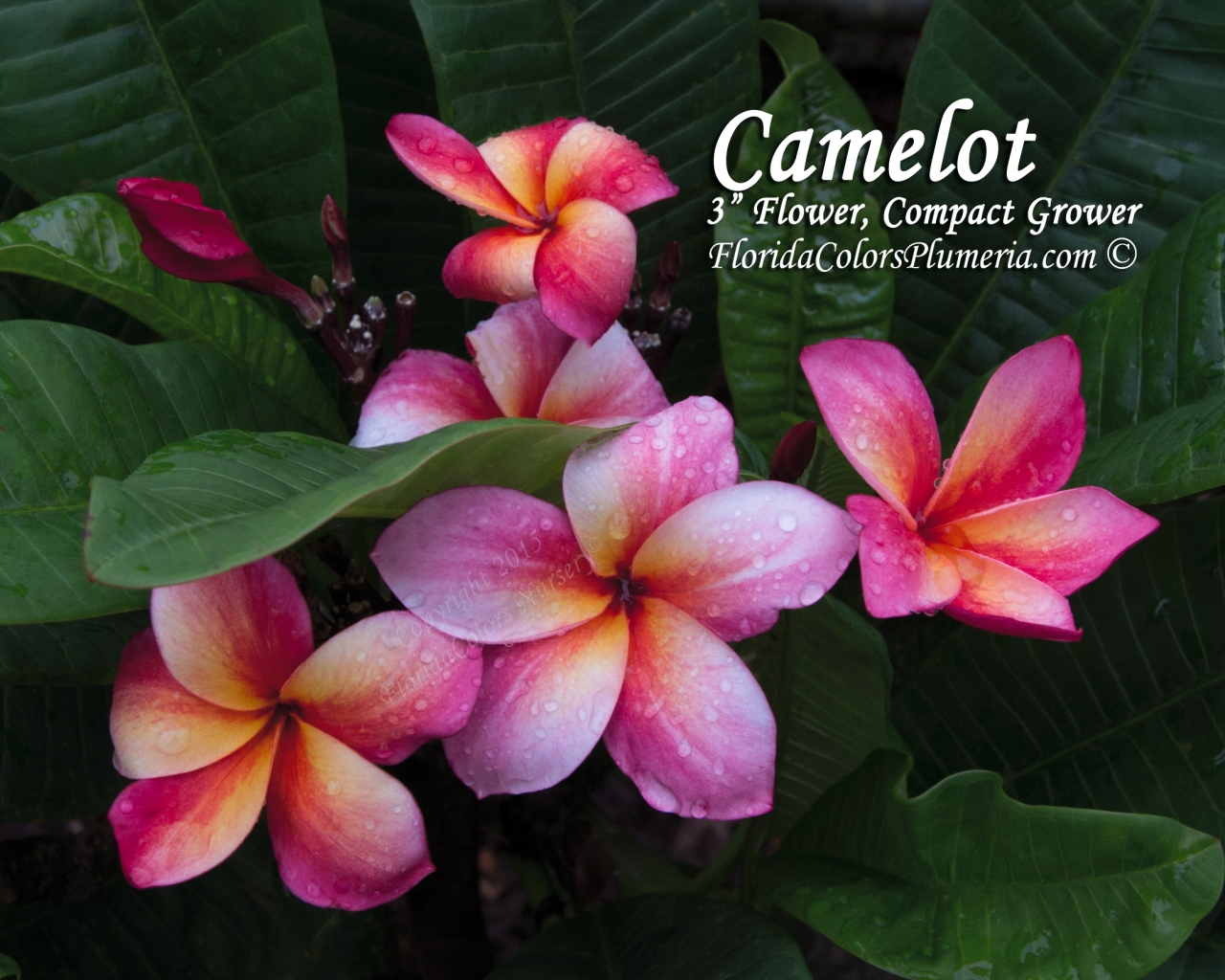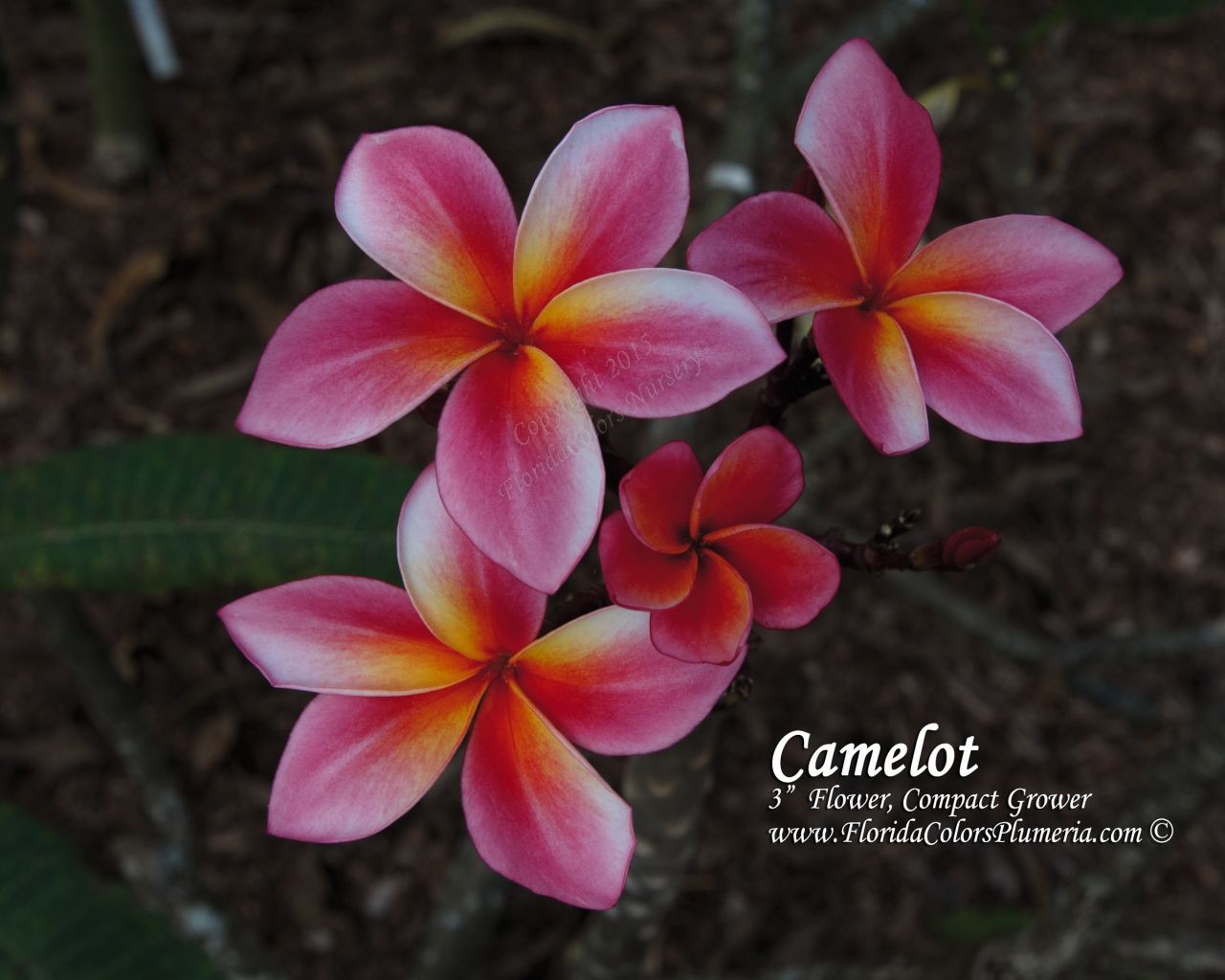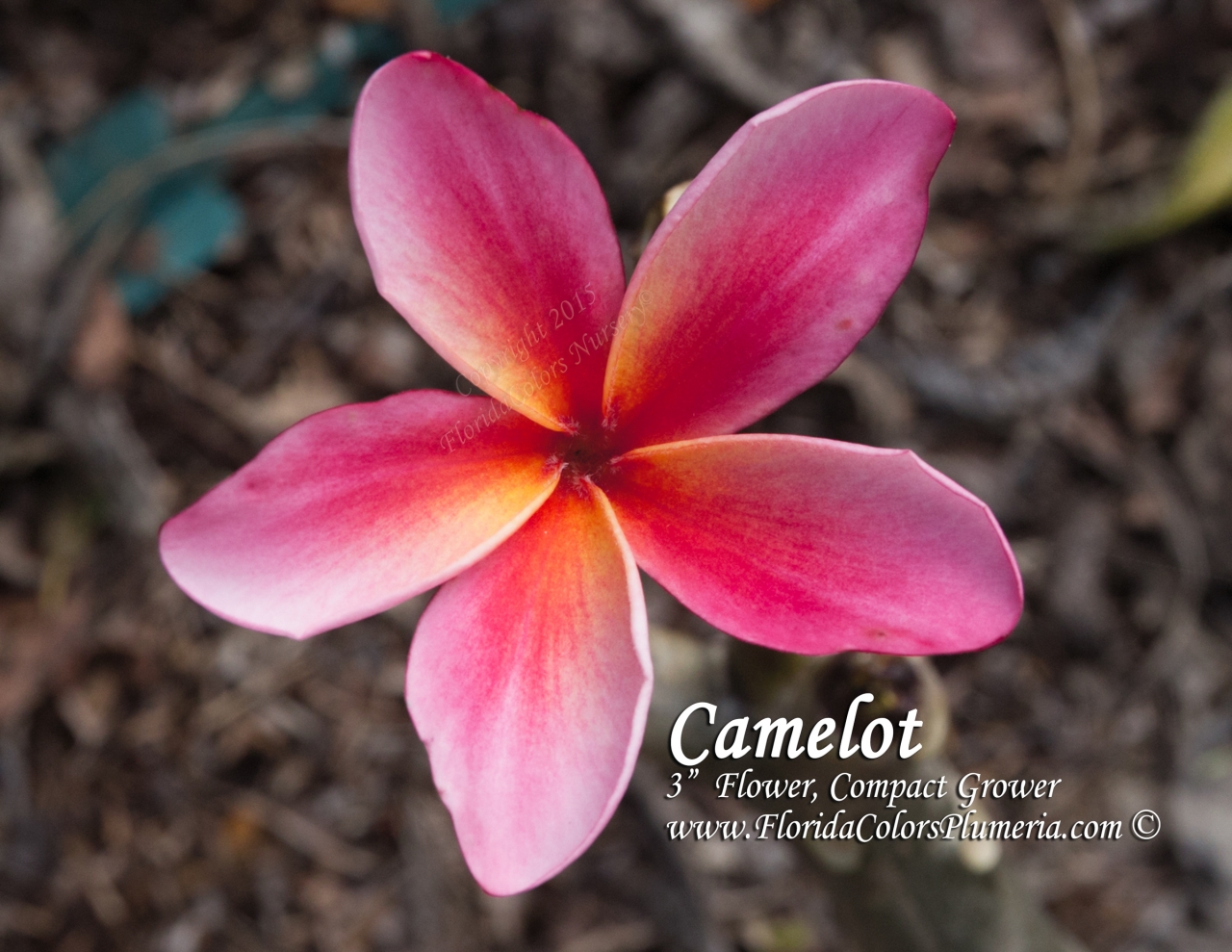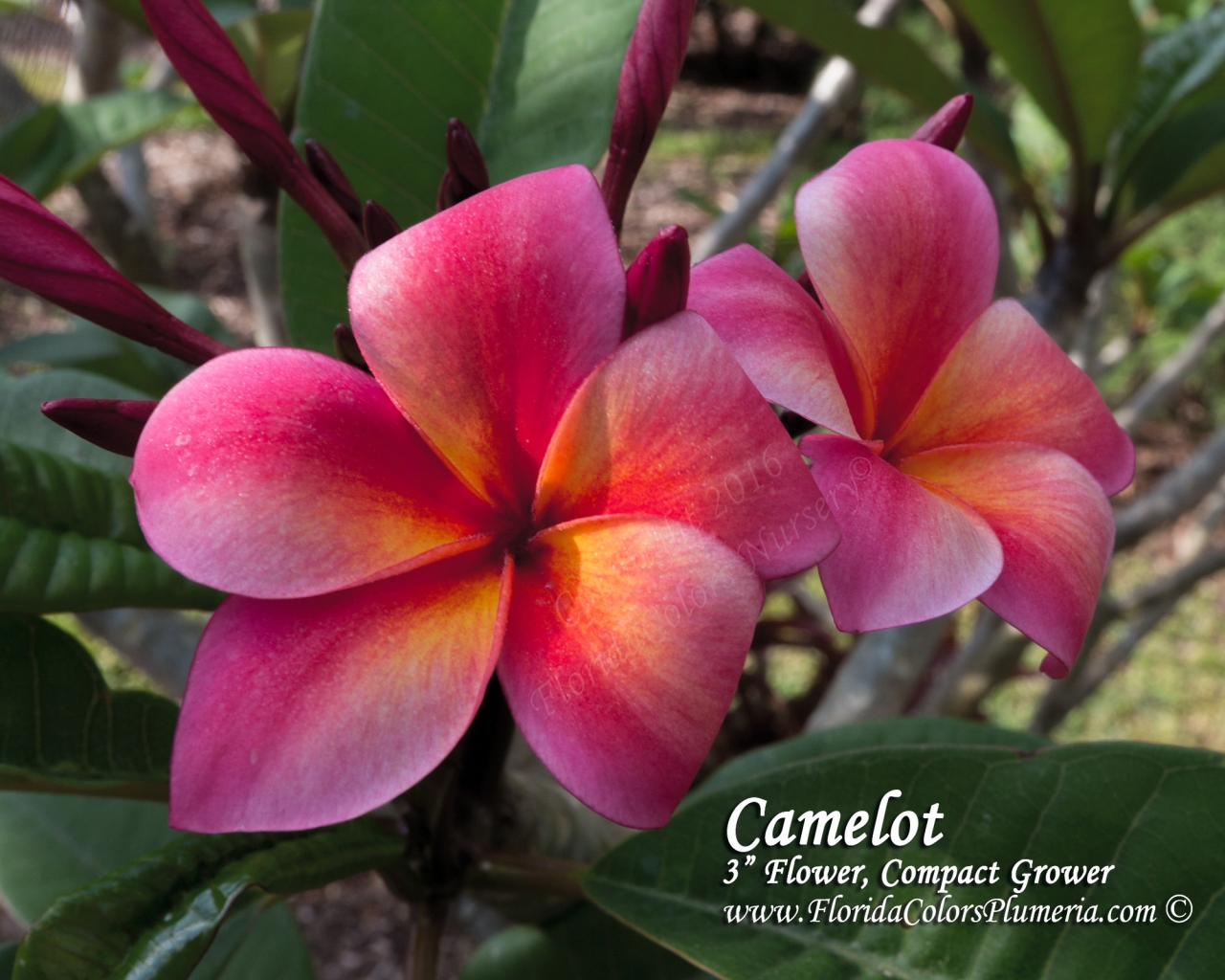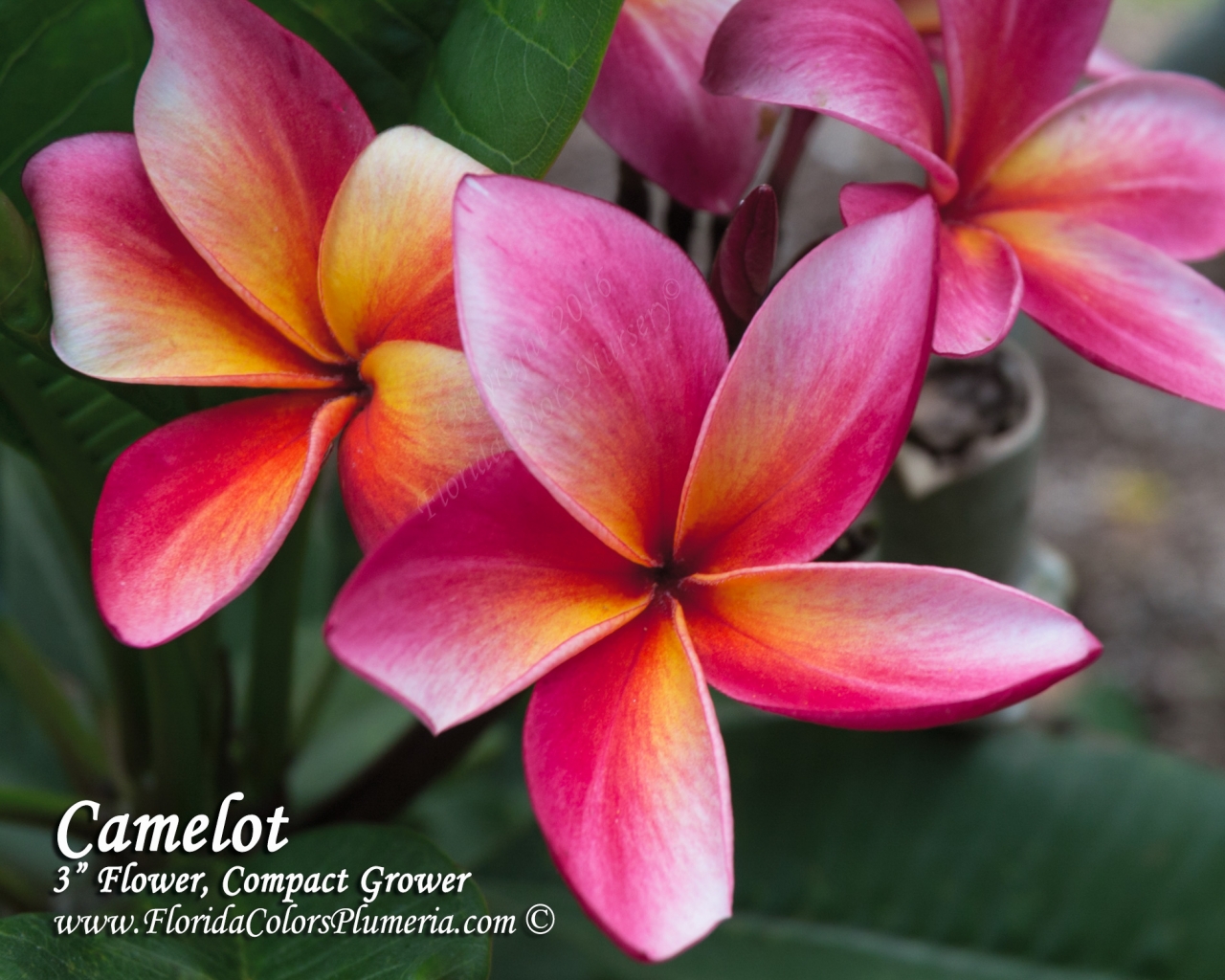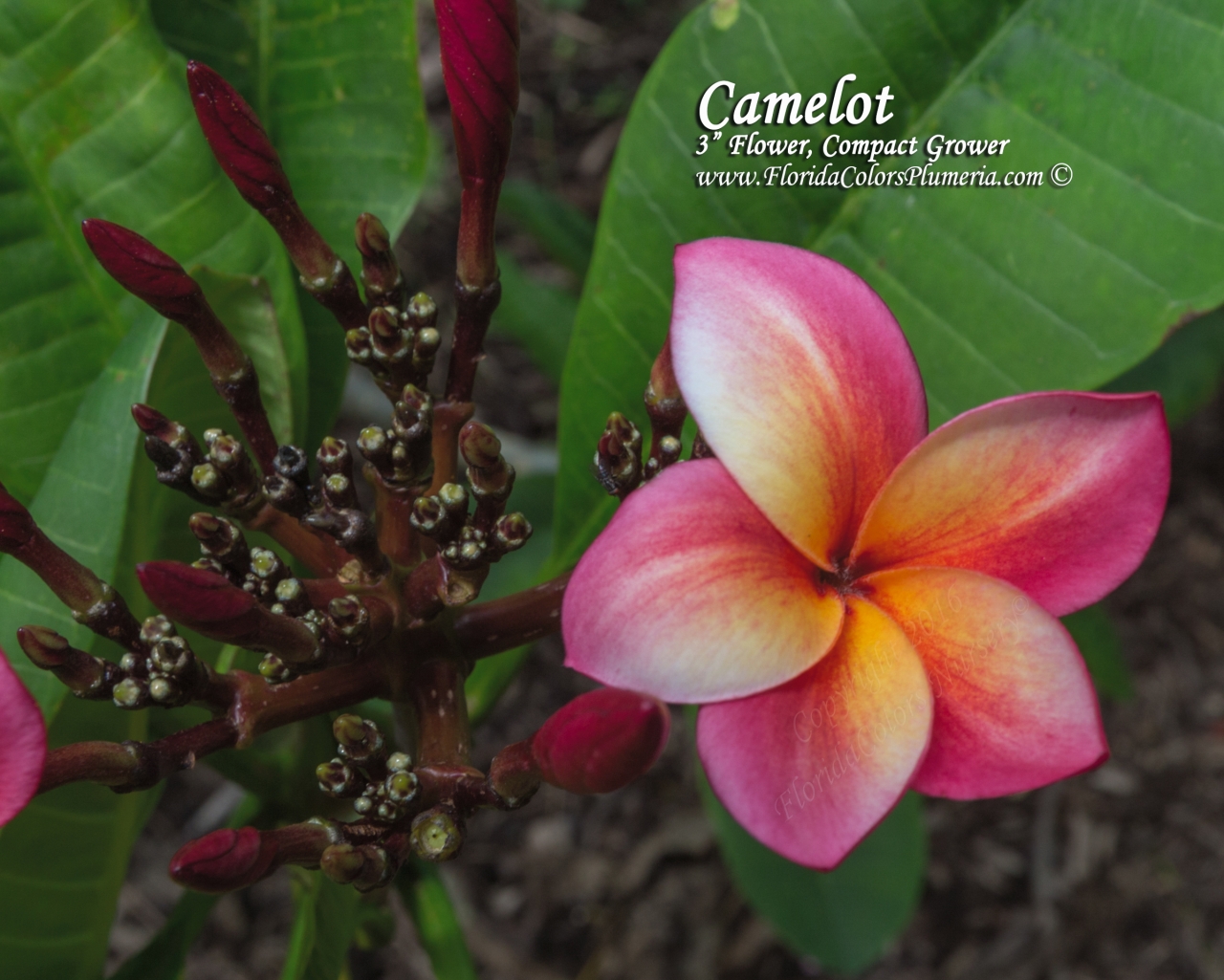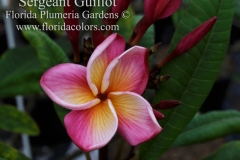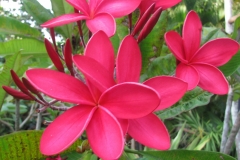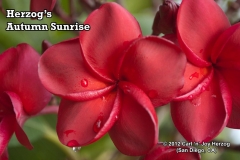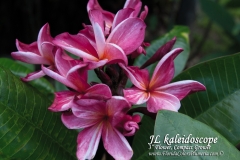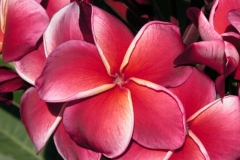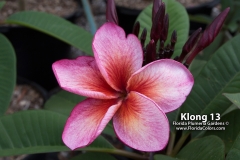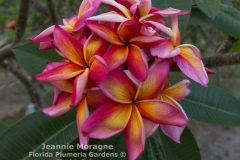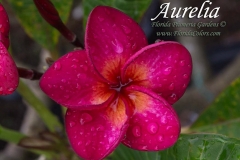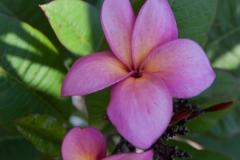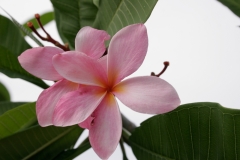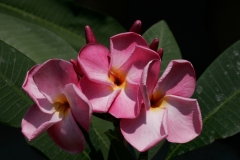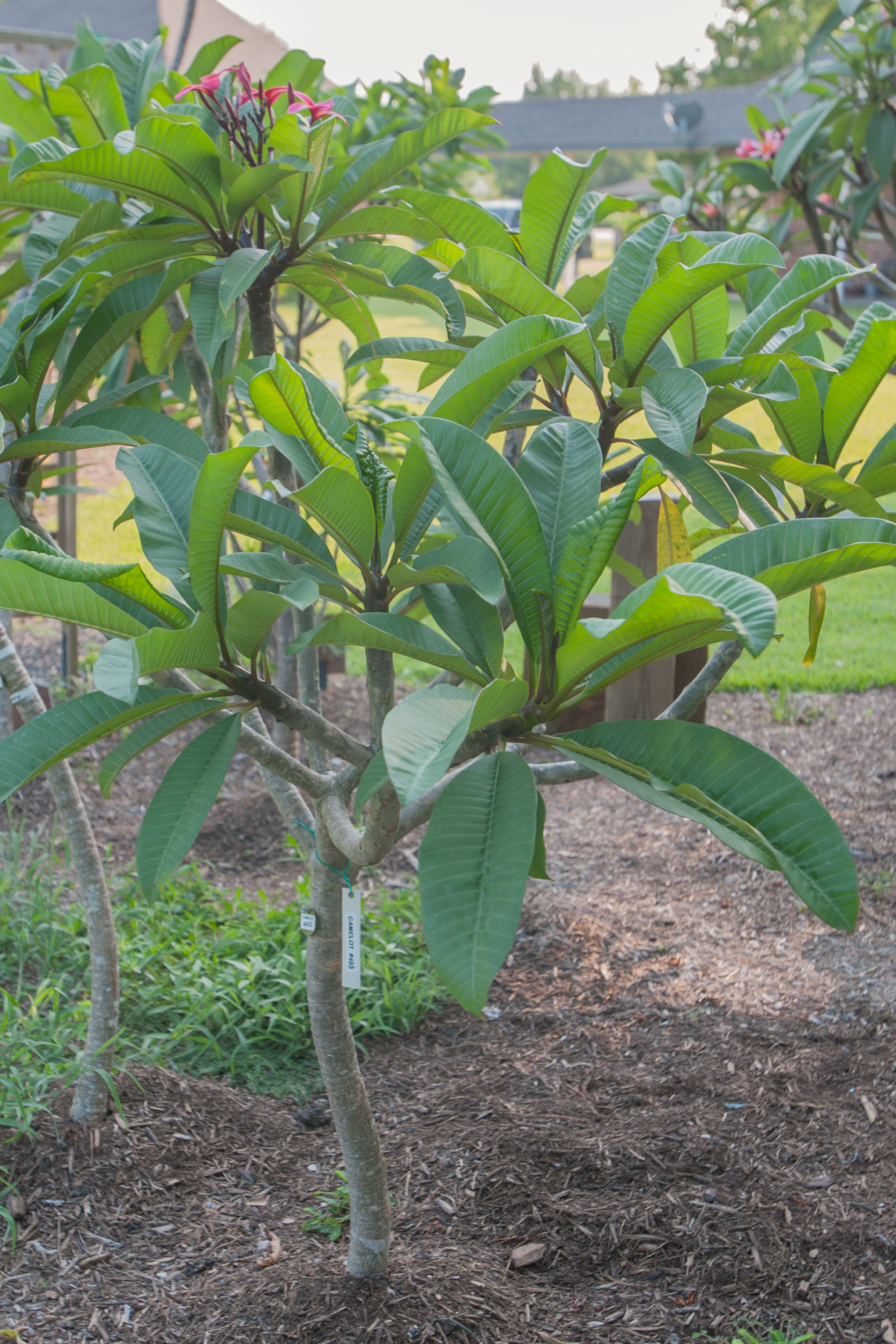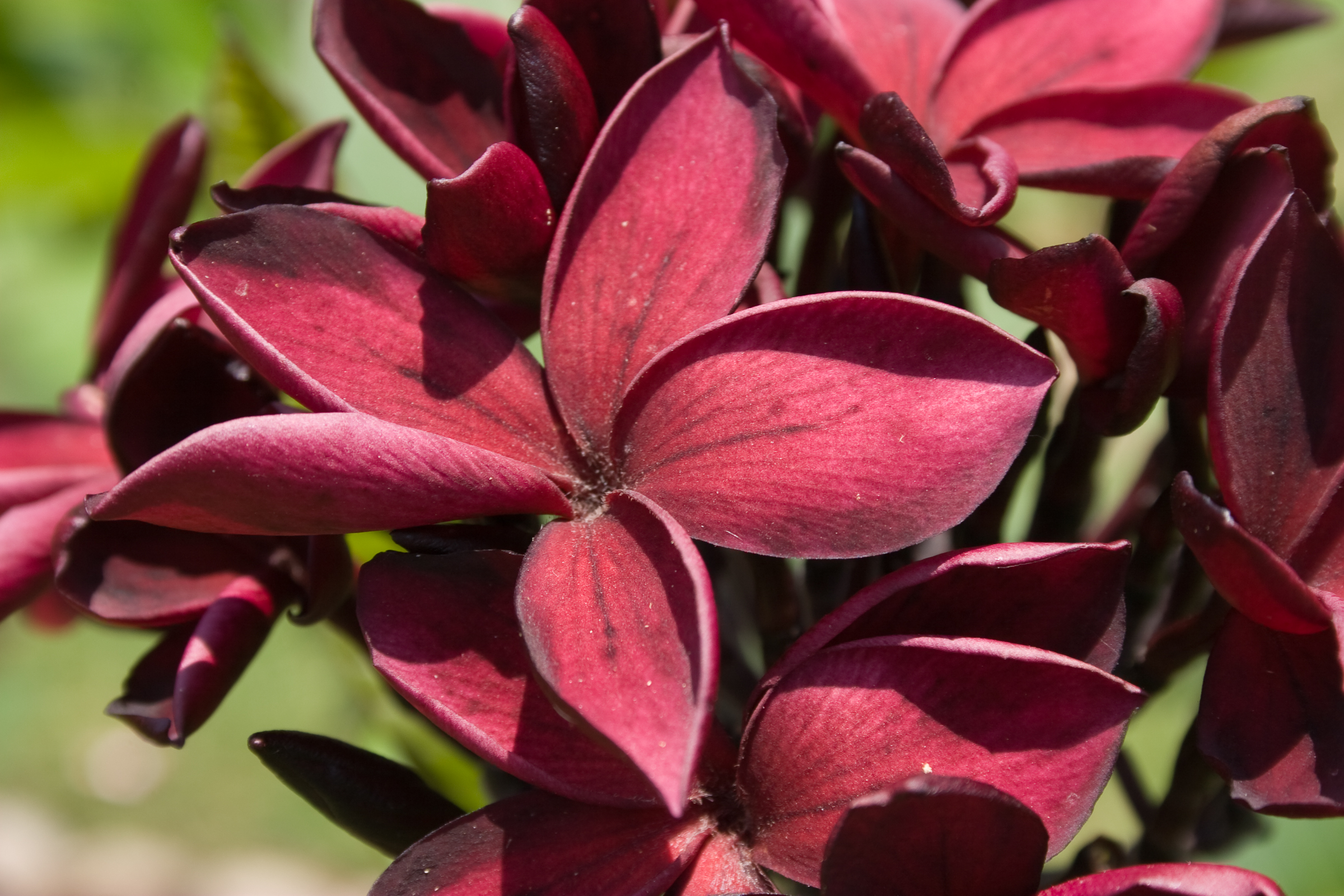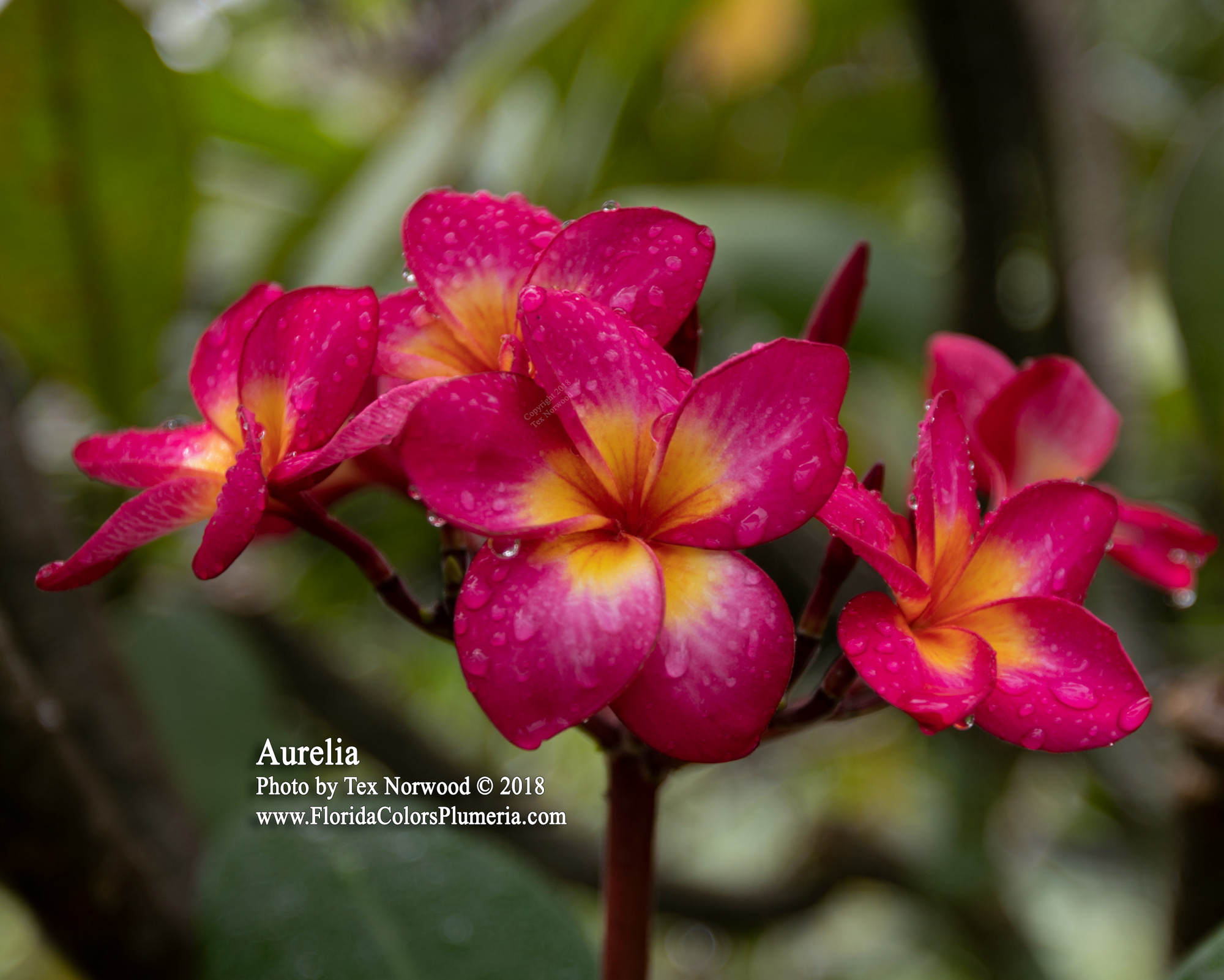Names
-
- Original Name: The original name would be the name given to it by the grower of the originator.
- Registered Name: The name given to it when it was registered by the PSA. This may not be the original name or the most popular.
- AKA Names: Names it is also known as. Mainly other popular names sold by.
Flowers
Plumeria flowers have five petals, although flowers with four, six, seven, or more petals are not uncommon. Some types of flowers do not fully open and are referred to as shell, semi-shell, or tulip-like. Most flowers have a strong pleasant fragrance that is most intense during the early part of the day. A great many different fragrances have been described, but since smell is so subjective and varies for environmental and nutritional reasons, we do not attempt to be comprehensive in its description. We try harder with colors. There seem to be several basic plumeria color schemes: white with a yellow center, yellow, multicolor, pink, and red. There is speculation that red is a special case of multicolor. Most of the reds can be more properly referred to as red-purple.
Measurements of plumeria flower varieties are with respect to other plumerias. When a universal standard can be applied, such as a ruler or color chart, we use it; otherwise, the comparison is among peers.
-
- Petal Colors: We have done our best to obtain the closest color possible using state-of-the-art desktop digital imaging hardware and software in the production of the images we present.
Please remember: ambient temperatures play a significant role in the intensity of the plumeria red and red-purple pigmentation. For the most part, our images were made in California and Hawaii when ambient temperatures ranged from 70°F to 90°F. In Florida and Texas when ambient temperatures range from 80°F to near 100°F, expect the red-purple pigments to be significantly exaggerated. We will be adding more images from around the world as time permits.
-
- Size: The size of the flower recorded represents an average floret. It has been stretched out to its maximum width without risking pulling it apart. The distance between the two most distant petal tips is then measured. Please be aware this average can be off by as much as 100%! A great deal depends on the plant’s maturity, environment, and the point in the flowering cycle. Many varieties will produce larger flowers early in the flowering cycle.
-
- Petal Texture: This is a subjective measurement of how one variety’s flower measures up to another. When the measurements were taken, we used a zero to three scale, with zero being fragile, one being delicate (typical of most plumeria), two being strong, and three being rigid. Generally strong and rigid flowers will last longer and be somewhat better lei flowers than those described as delicate.
-
- Fragrance: This is a very subjective measurement. Most plumeria enthusiasts know what a plumeria smells like. It smells like a plumeria! What a surprise! The scent is wonderful but indescribable. Sometimes we call it floral sweet and other times we describe it as simply plumeria. When another description can be applied, in our opinion, we use it.
-
- The intensity of Fragrance: Another subjective measurement, made within the context of plumeria. We rated each variety on a zero to three scale. Zero was used when we could detect no fragrance, one for light to mild fragrance, two for moderate to strong, and three for heavy.
-
- Tendency to Fade: When a difference is noted in the colors of older flowers compared to newer flowers on the same plant, it is usually due to bleaching by the sun’s ultraviolet rays. We refer to this effect as its tendency to fade. Fading is most apparent in the red-purple pigments, but can also affect the pinks and yellows. We rated this tendency as none, slight, moderate, or dramatic.
-
- Petal Type: Petals are described according to their overall shape, their tip, and any unusual characteristics they may possess. Plumeria petals fall into either elliptical, obovate, and rarely spatulate categories. They can be further described as wide or narrow. Occasionally, we find petals with other characteristics such as reflexed or twisted. Petal tips are described as round or pointed. When we get the illustrations in place this will be much clearer.
- Elliptical: The widest part of the petal is close to the middle.
- Obovate: The widest part of the petal is close to the tip.
- Spatulate: Special case of obovate, where the petal is spoon-shaped.
- Wide: Petal somewhat round.
- Narrow: The petal is more than four times longer than it is wide.
- Reflexed: The fully open petal will nearly form a semi-circle where its tip may be pointing down or back to its base. See Singapore for an example.
- Twisted: The petal is convoluted in any of a number of ways that give a curled or even a fluted appearance. See Madame Poni or Celadine for examples of twisted and fluted.
- Round tip: The tip does not come to a point.
- Pointed tip: The tip comes to a point. Sometimes we use somewhat pointed where the tip appears pointed, but may also be considered rounded.
- Flower Type: This description applies to the plumeria blossoms that fail to open or open in a peculiar way. Some varieties frequently will not open into a flower, but remain as a partially open bud resembling some types of small spiral seashells; these are referred to as shells. Others open more fully than shells but not fully retaining a cupped or tulip-like appearance; these are referred to as semi-shells. Since most plumeria florets open fully, this description is only used for those that do not.
Inflorescence
Inflorescence refers to the flowering body of a plant. These occur in an amazing variety of forms, from small to enormously complex clusters, and there is an equally amazing variety of technical terminology used to describe them. Different authors use different terms for the same structure, and sometimes the same terms in slightly or significantly different ways, and classify structures using different paradigms. We only brush the surface here, making use of a few of the most commonly used terms.
A basic and useful but somewhat non-immediately-obvious technical distinction is between determinate and indeterminate inflorescences. The Plumeria inflorescence is an indeterminate form that can, at least theoretically, continue growing from the tip and producing more flowers indefinitely. The lower flowers open first, while upper buds may still be tiny and developing. Of course, the whole process eventually comes to an end. Indeterminate forms are termed racemose or racemes, though the latter term also has the more specific technical meaning described below. Of course with plumeria, nothing is ever simple. There are compound inflorescences that are mixtures of forms in every conceivable combination.
-
- Inflorescence Height
- The average number of flowers open at the same time.
- Color or Inflorescence Stalk
- Texture: pubescent, smooth
Leaves
Plumeria leaves are generally green. What a surprise! However, when examined closely, they can exhibit remarkable variation that is species and variety-dependent. We limit our leaf description to shape, color, size, and texture.
The emphasis is on the flower. There are, however, some interesting items observable in plumeria leaves that can aid in the identification of varieties in or out of bloom.
-
- Color: It should be no surprise that most plumeria leaves are described as green. There are, however, variations of green; some showing a purplish tint or even a blackening. Generally, we describe them as simply light green, or green unless there is really some other aspect worthy of note.
-
- Texture: A measurement of plumeria leaves usually describing how rigid the leaf is compared to other varieties of this species. Since this measurement is probably influenced by environmental factors, it should be taken with a grain of salt. Generally, we will describe the leaf as flexible or rigid depending on how easy it is bent. Consider a leaf held by its petiole (stem) being waved back and forth slowly through the air, one that shows significant distortion from its plane from air resistance is described as flexible, one that retains its shape is described as rigid. Since nearly all plumeria leaves can be described as glabrous (smooth and not hairy (pubescent)), we only mention the rare exceptions. The bottoms of nearly all plumeria leaves are also considered glabrous, even though they are bumpy with exaggerated veins.
-
- Leaf Border Color: The extreme edge of the plumeria leaf may show some color other than green, frequently red. This may be an indication of the variety’s heritage.
-
- Petiole Color: The petiole is the leaf stem. It is usually green or green with a reddish tint. This may be an indication of the variety’s heritage.
-
- Leaf Shape: We are concerned with the shape, size, and type of tip of the plumeria leaf. This may be an indication of the variety’s heritage and can aid in identification. Plumeria leaves are described as elliptic, oblanceolate, and rarely lanceolate. These descriptions can be refined as wide or narrow as necessary. The tip of the leaf is described as acuminate, acute, or obtuse.
- Elliptic: The widest part of the leaf is near its center.
- Oblanceolate: The widest part of the leaf is nearer its tip than its center.
- Lanceolate: The widest part of the leaf is nearer its petiole than its center.
- Acuminate: The curve of the leaf edge will abruptly change as it narrows near its tip.
- Acute: The curve of the leaf edge will not significantly change as it narrows near its tip.
- Obtuse: The leaf will have a very blunt tip that does not usually come to a point.
-
- Leaf Length and Width: A typical mature leaf is measured. The measurement does not include the petiole. The width is measured at its widest point. While no studies have been performed to our knowledge, the ratio of length to width may be more significant than the length and width measurements themselves.
- Variegation: A few plumeria varieties will show light to moderate random changes in the coloration in different random areas of a single leaf. This is referred to as variegation. Since it is so unusual it is only mentioned when observed.
Trees
The plumeria is more appropriately considered a tree. In the tropics, it can grow to heights over thirty feet. A mature plumeria has very strong hardwood and can be safely climbed by the average person so long as the limbs are at least three inches in diameter. Remember to keep your weight where the branches intersect or are sure there are plenty of cushions below!
We are concerned about the general growth habit of a plumeria variety, how well it branches (IE what is the usual number of new tips produced from a tip when it blooms), its history, its seed-bearing potential, and its use as a container, ornamental, or landscape plant.
Measurements and observation of the overall plumeria tree are interesting as they can relate to its suitability as an ornamental, grown in a container, or landscape plant. They can also be of interest to growers for their genetic information and possible use in hybridization.
-
- Pollen Parent: The name of the male parent if known.
-
- Seed Parent: The name of the female parent if known.
-
- Deciduous or Evergreen: Deciduous plumeria usually drop most if not all of their leaves during a dormant period. Evergreen plumeria either retain most of their leaves while dormant or do not experience an annual dormant period. In the sub-tropic climates where evergreen plumerias are stored indoors for the winter, most evergreen varieties do go dormant and do drop their leaves.
-
- Seed Production: This is based on our experience, observation, and advice from others. Seed production is rated as none observed (not known to had ever set seeds), rare (once), seldom (unusual but occasional), average (at least once a year), or profuse (much more than average). It relates to how many seed pods will be produced by a mature specimen under ideal conditions.
-
- Branching: Based on the observation of how many new tips grow after an inflorescence is produced. For this measurement, we examine a specimen of the given variety and note how many new tips are usually produced. This frequently falls into the range of one to five to which we apply our opinion of the variety’s branching habit:
- Poor:
- Fair:
- Good:
- Excellent:
-
- Growth Habit: This is a subjective description of our opinion of the plant’s stance. Since this is probably influenced by environmental and nutritional factors, it should not be taken too seriously.
- Dwarf: Refers to the shortest and most compact growing of the plumeria with small leaves and usually small flowers.
- Compact: Usually a smaller plant with better branching habit and minimal stem elongation before blooming and branching again.
- Upright: Refers to the attitude of the plant. More specifically, to the angle that new tips emerge from an old tip after blooming. The angle is the wide-angle that the new tip makes with respect to the original branch. When this angle is wide, the plant appears more upright. For example, if a new tip emerged at a 180° angle from the original tip, it would be in perfectly straight alignment with it. No plumeria exhibit this characteristic, except in the case where the plumeria blooms without branching. Yet, the closer this angle approaches 180° the more upright its character is. An upright plant is considered the opposite of a rangy plant.
- Rangy: Refers to the attitude of the plant. More specifically, to the angle that new tips emerge from an old tip after blooming. When the angle is narrow, sometimes approaching 90°, the plant takes on a rangy appearance. This characteristic is exaggerated when the new branches curve, sometimes down, before blooming and branching again. Rangy plants frequently have significant stem elongation before blooming and branching again. A rangy plant is considered the opposite of an upright plant.
- Lanky: Usually a larger plant with more stem elongation before blooming and branching again. Normally applied to upright plants rather than rangy plants since rangy plants frequently exhibit this characteristic.
- Dense: Refers to the relative closeness of branches to each other and can be used with other growth habits in seemingly contradictory ways such as Rangy, dense. This is a subjective opinion rather than a measurement
- Trunk and Branches: Trunk/bark/branches: bark is thin and easily damaged from mechanical impact; droop as the tree grows, and will require pruning for vehicular or
pedestrian clearance beneath the canopy; routinely grown with, or trainable to be grown with, multiple trunks; not particularly showy; tree wants to grow with
several trunks but can be trained to grow with a single trunk and has no thorns.
- Trunk Circumference: This measurement is taken approximately 300 cm from the ground. It is provided to indicate the relative maturity of the specimen examined.
- Pruning requirement: This requires pruning to develop a strong structure.
Breakage: susceptible to breakage either at the crotch due to poor collar formation, or the wood itself is weak and tends to break easy.
- Current year twig color: dark brown, brown, green
- Current year twig thickness: thin, medium, stout
- Culture:
- Light requirement: tree grows best in full sun
- Soil tolerances: clay; loam; sand; acidic; alkaline;
well-drained
- Drought tolerance: high
- Aerosol salt tolerance: high
- Soil salt tolerance: moderate
A note about growth habits
Plumerias seem to have a fairly well-defined growth habit, but will sometimes exhibit peculiar behavior. Compare plumeria to cats: they excel in doing things they are not supposed to do! Nearly every generally accepted rule of plumeria culture will from time to time be proven incorrect. For example, plumeria require full sun to bloom (what about the one in the garage in full bloom during the winter?); plumeria need to bloom in order to branch (What about this one with over 30 tips that’s only bloomed three times!)
Almost any part of a plumeria tree can be propagated by cutting, see How to Grow Plumeria from a Cutting for a procedure that will usually produce successful results. Though there are other ways to propagate plumeria; the plant whose habit we are describing was usually begun from a cutting, no matter how large or small.
The plumeria branch tip is where new growth including leaves and flowers occurs. The branch and its tip are interesting since the tip is usually the same diameter as the rest of the branch. The young branch and its tip more closely resemble a broomstick than a young tree branch. The young branch and its tip are of a soft, but brittle, herbaceous material, full of the white milky latex plumeria sap. As new leaves are grown, the branch extends by adding tissue to the end of the tip. When an inflorescence (flower bud or stalk) is produced the tip divides into one or more new tips that continue to grow with as much vigor as the original tip. The new tips usually grow at a predictable angle with respect to the original branch tip. This is how a plumeria branches. Obviously, if it only divides into one new tip no branching has occurred. The normal branching habit, or an average number of new tips produced, is probably two or three. This process continues indefinitely with each tip branching on the average once every year or two. The length of tip growth per year is based on factors including variety, growing conditions, and nutrition. Once a particular bit of plumeria branch has dropped its leaves, it will never replace them as new leaves are always produced by new growth at the tip of the branch.
The plumeria’s annual growth cycle has evolved to accommodate a dormant period to coincide with months of drought in the arid tropical regions of Mexico, Central America, and the Caribbean Islands where it is indigenous. This corresponds to the Winter season in the Northern Hemisphere and permits storing the plant indoors, out of light, out of sight, and out of mind when outdoor weather conditions are likely to include frost or freezing temperatures. While dormant, the plumeria requires no care and most varieties will lose all of their leaves.
As the sun’s intensity and temperatures increase during the spring, plumeria begins to break dormancy by producing leaves and an inflorescence on many tips. Many plumerias will be in full bloom before the spring rains and before producing a single leaf!
Active growth occurs after spring rains as long as temperature and sunlight requirements are met. Most vegetative growth occurs under these conditions. This includes revitalization or regeneration of a desiccated root system, new leaf growth, and stem and branch elongation. Many varieties will continue to bloom and initiate new inflorescence during the vegetative period. Most varieties will set seed pods during this period as well.
As fall approaches, drought, less sunlight, and cooler temperatures all contribute to plumeria entering its dormant period. Many lower leaves will turn yellow and drop, flowering will be significantly reduced or stop altogether, and overall plant growth will dramatically slow or come to a stop. The fully dormant plumeria’s requirements are few: temperatures above freezing and conditions on the dry side. Dormancy lasts from one to five months depending on environmental factors.
Propagation
Propagation is most commonly achieved by rooting or grafting. Cuttings are can be easy, difficult, very difficult to root, but all plumeria will root under the right conditions. Grafting can also be easy, difficult, very difficult to graft, it can also depend on the rootstock compatibility.
Seed pods are typically (seed-pod-size; inches in length) and (seed-pod-color).
Tendency to set seeds is (tendency-set-seeds; rare, good, great)
The Standard Reference
The standard reference used is The Royal Horticultural Society Colour Chart. The society is recognized worldwide and presumably, their color chart is available worldwide. See Obtaining the standard reference below to acquire a copy of the color chart.
The color chart should always be used in daylight, not in direct sunlight, but in a bright shady spot. Most plumeria reds will be found in Fan 2 in the Red-Purple Group.
Start by selecting the blossom to be examined. It should be fully opened, but not so old that significant fading has occurred. Usually, this will be one or two days after it begins to open. Certain varieties will have already have begun to fade; this can not be helped. Start by tearing a single petal from a plumeria blossom. Lay the petal on a clean sheet of paper top side up and petal tip pointing to the top of the sheet. Draw its outline with a pen or pencil. Flip the petal over someplace else on the same sheet and repeat this process. Examine the petal closely, determine its significant areas of banding, striping, and differing colors. Without getting too carried away, draw those areas within the petal outlines on the sheet of paper. Many plumeria blossoms possess some of these characteristics:
- Topside of the petal from left to right
- Slight to pronounced curl
- Color intensification from the left to the right side
- Red pigment granularity decreasing from left to right
- Stripe of color on the right side
- Color shifting from yellow to white from base to tip
- Bottom side of the petal from left to right
- Stripe of color on the left
- Subsequent bands of lessening color intensity, becoming grainy
- The tendency for color shifting to white toward to right petal tip
- A tiny patch of yellow or orange at the extreme right base
Using a pair of scissors, cut the petal into pieces containing only one significant color. Don’t attempt to get every graduation of color, just two or three areas of different, representative, and uniform color. Perform this process for the top and bottom of the petal.
Dealing with a single piece of petals at a time, flip through the fan that probably contains the matching color. Use a “narrowing down” process of elimination by selecting several close matches, then finally choose the one that seems to be the best match. An exact match is a rare occurrence. Keep in mind that hue is more important than intensity. Annotate the drawing with the color chart code for that petal area. An example color chart code would be Red-Purple 61A.
After all, areas are marked, the petal is described in a narrative form incorporating the appropriate color codes. Color descriptions used in Cultivars, and varieties use this technique.
Obtaining the Standard Reference
The Plumeria Place has no affiliation with the Royal Horticultural Society. This information is believed to be correct, but can not be guaranteed. Given the aforementioned, the Color Chart can be obtained by snail mail order. The cost is about $35.00 US and it is believed Visa and Master Card are accepted. Send request and credit card information to:
RHS Enterprises
Wisley, Woking,
Surrey. GU23 6QB
